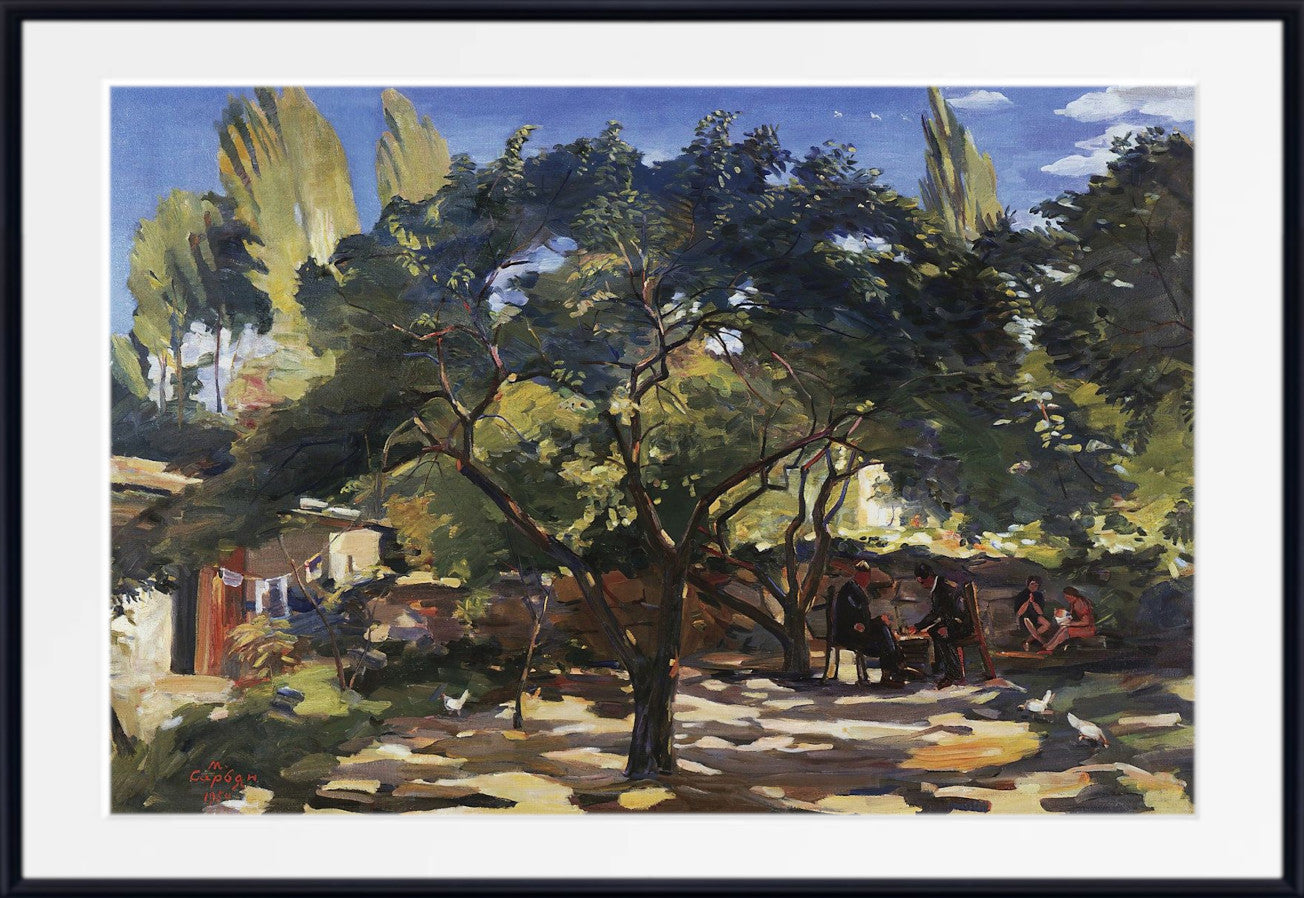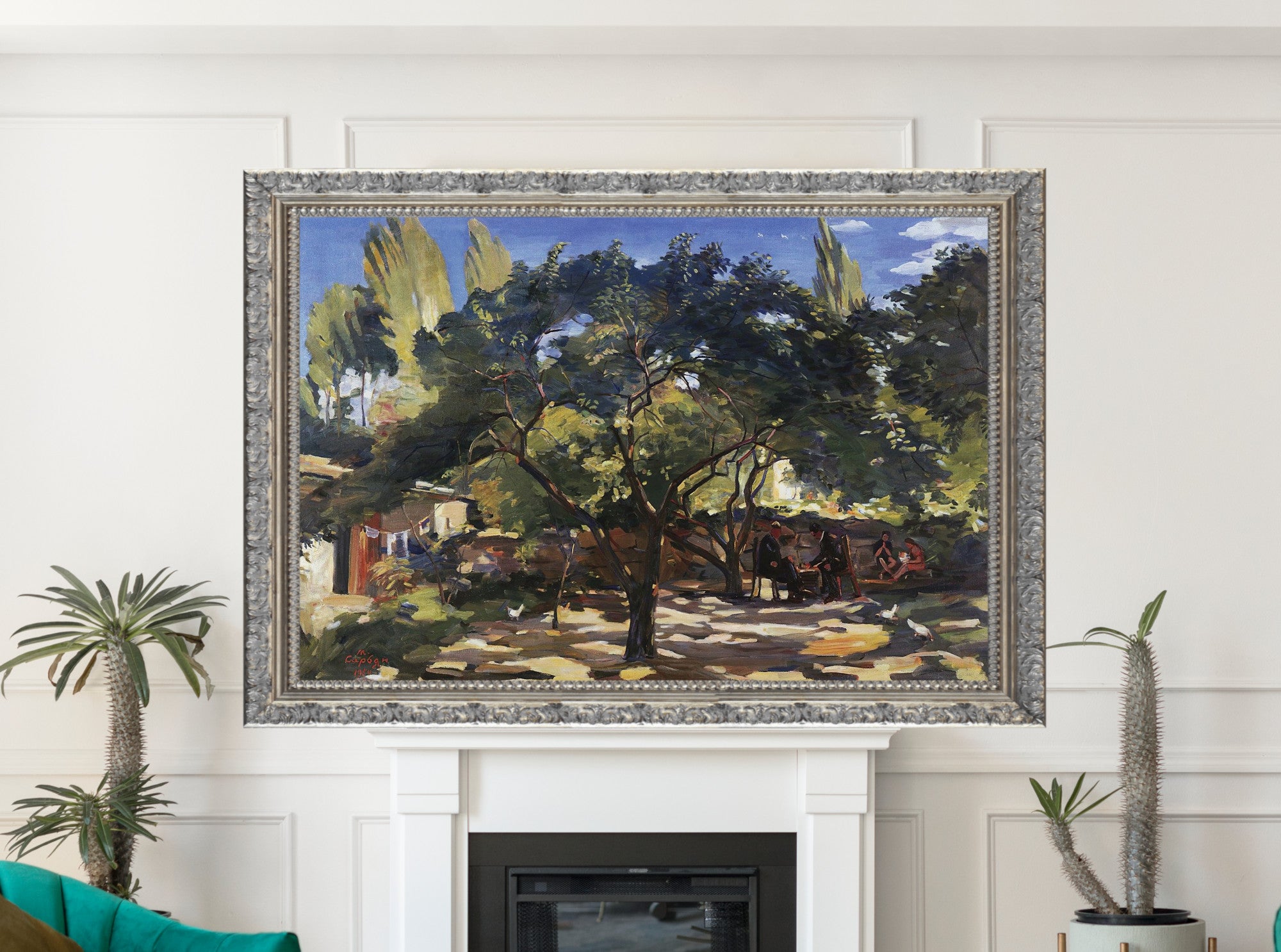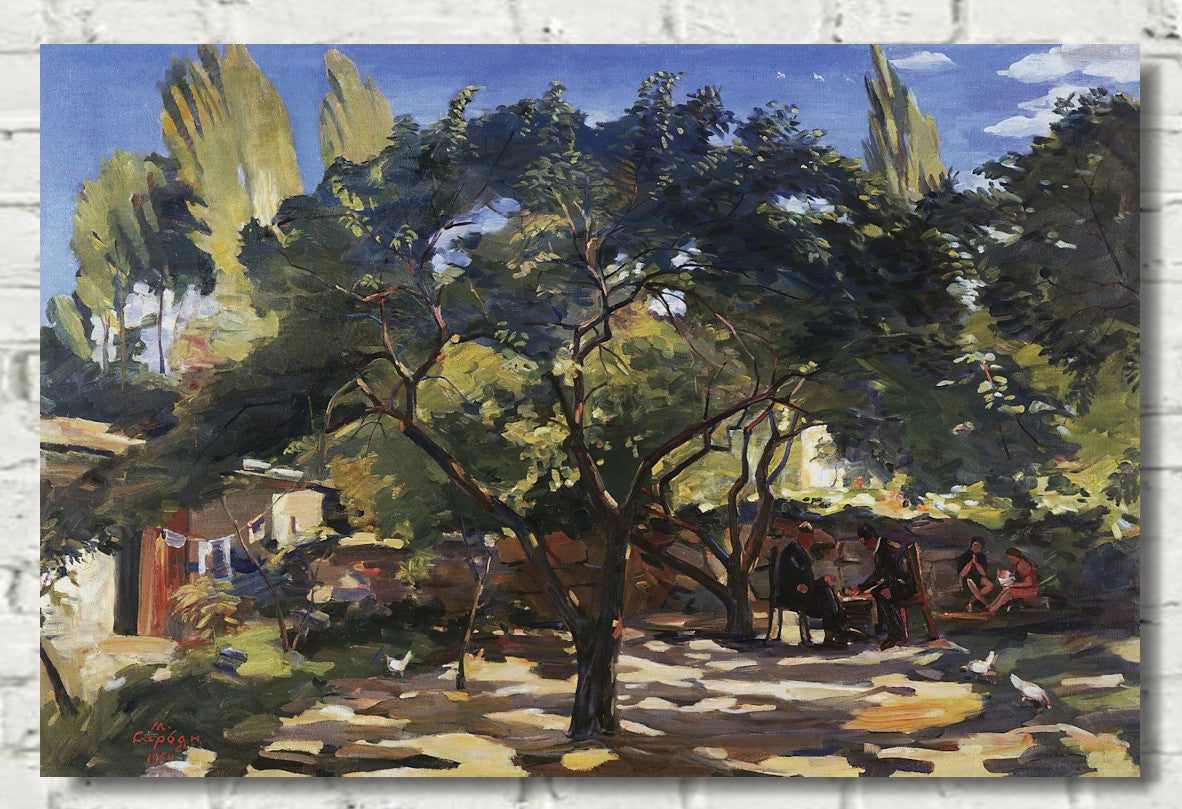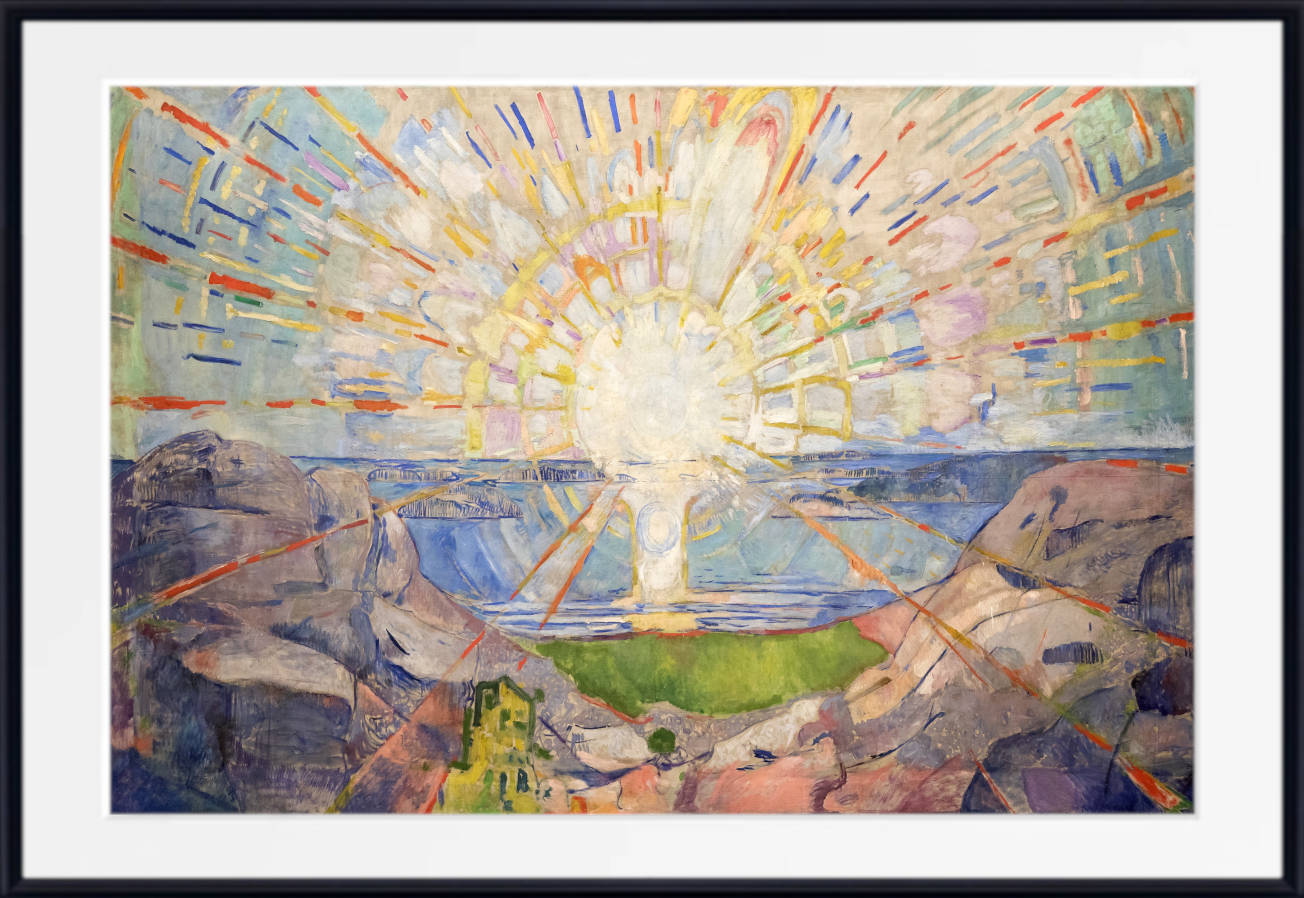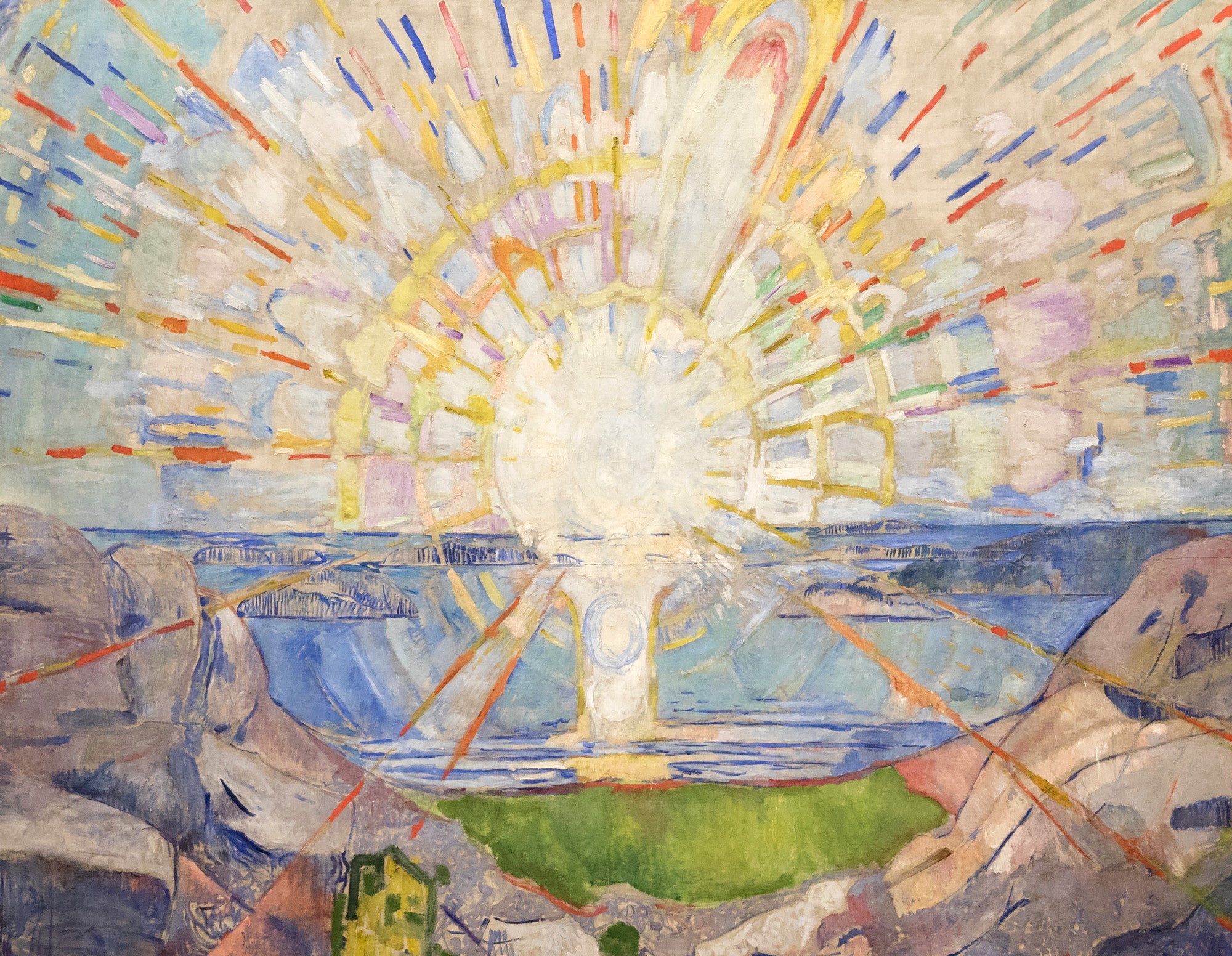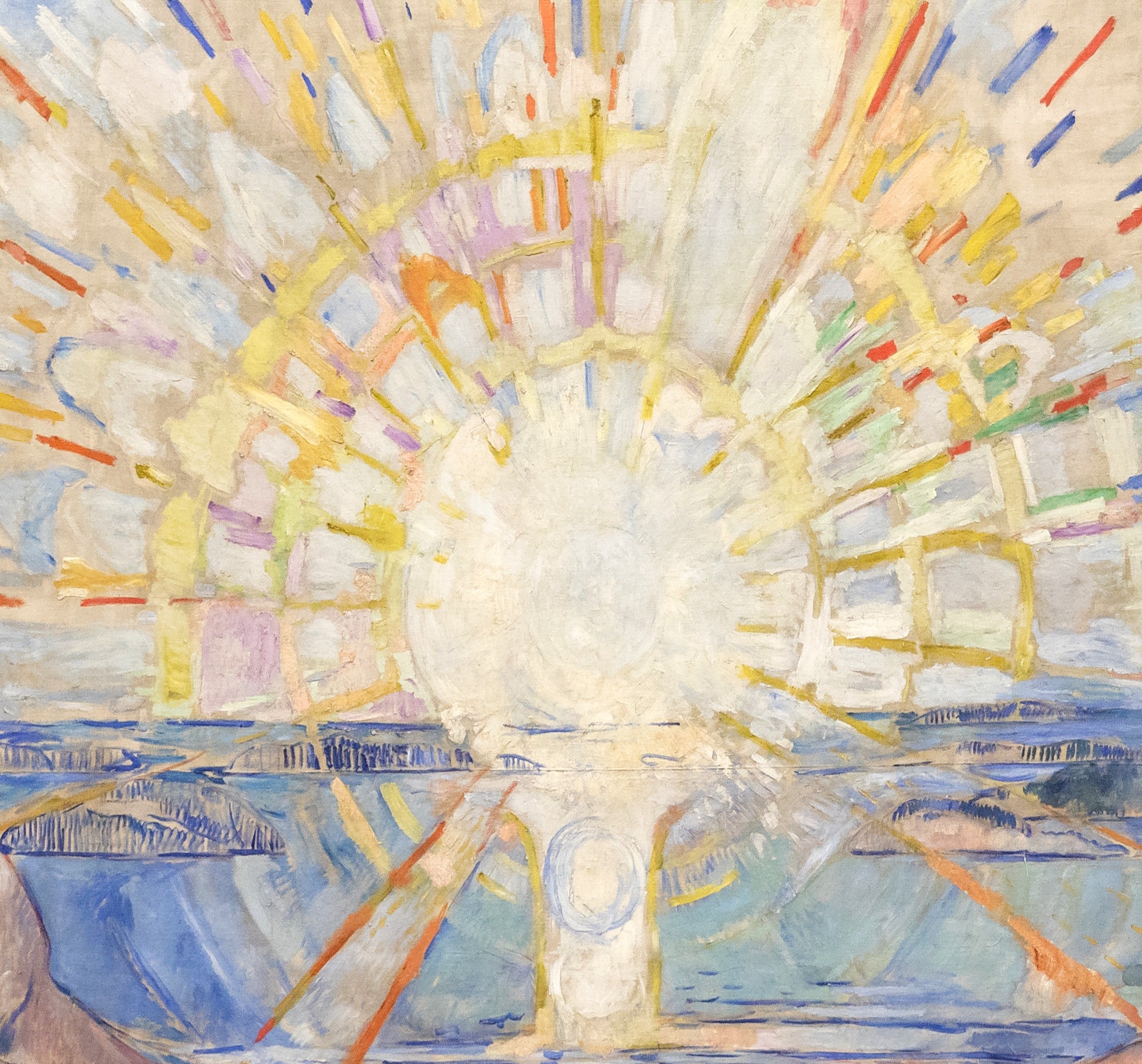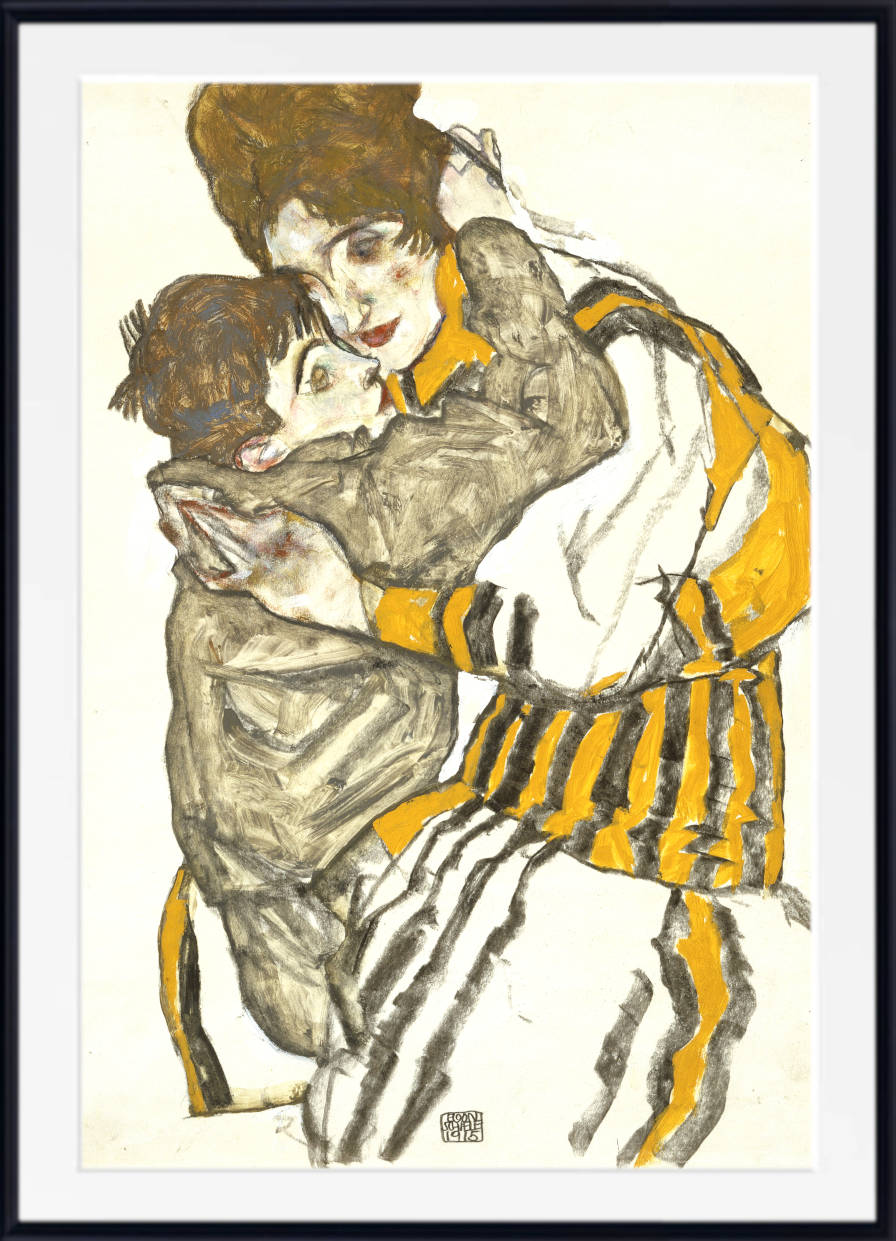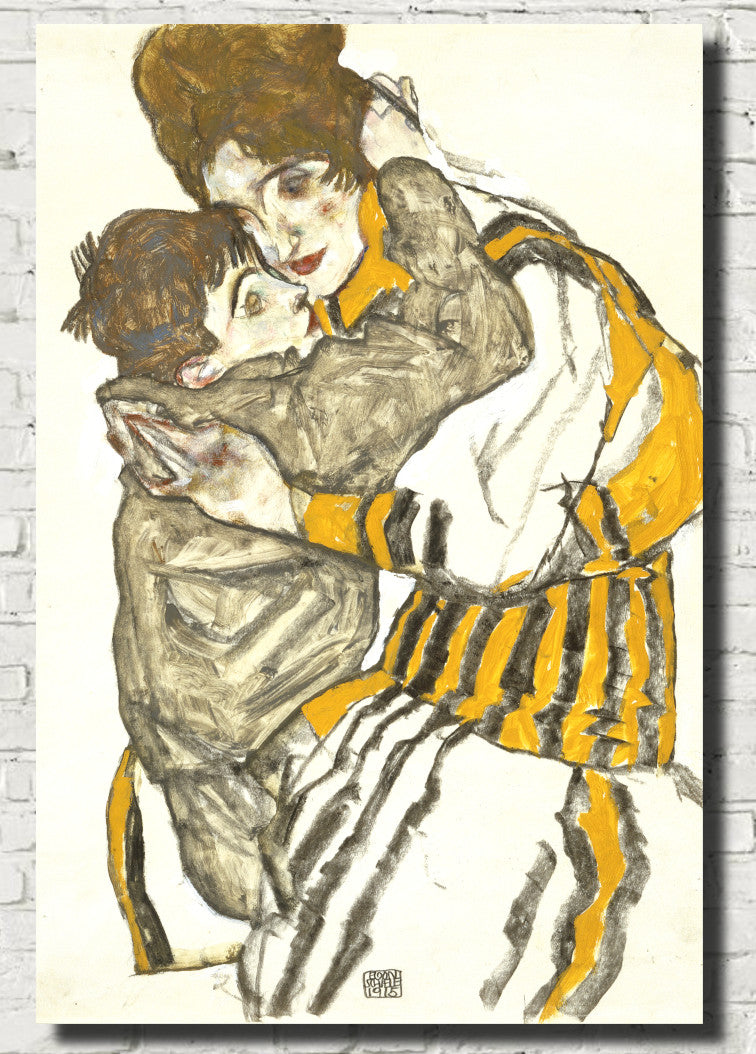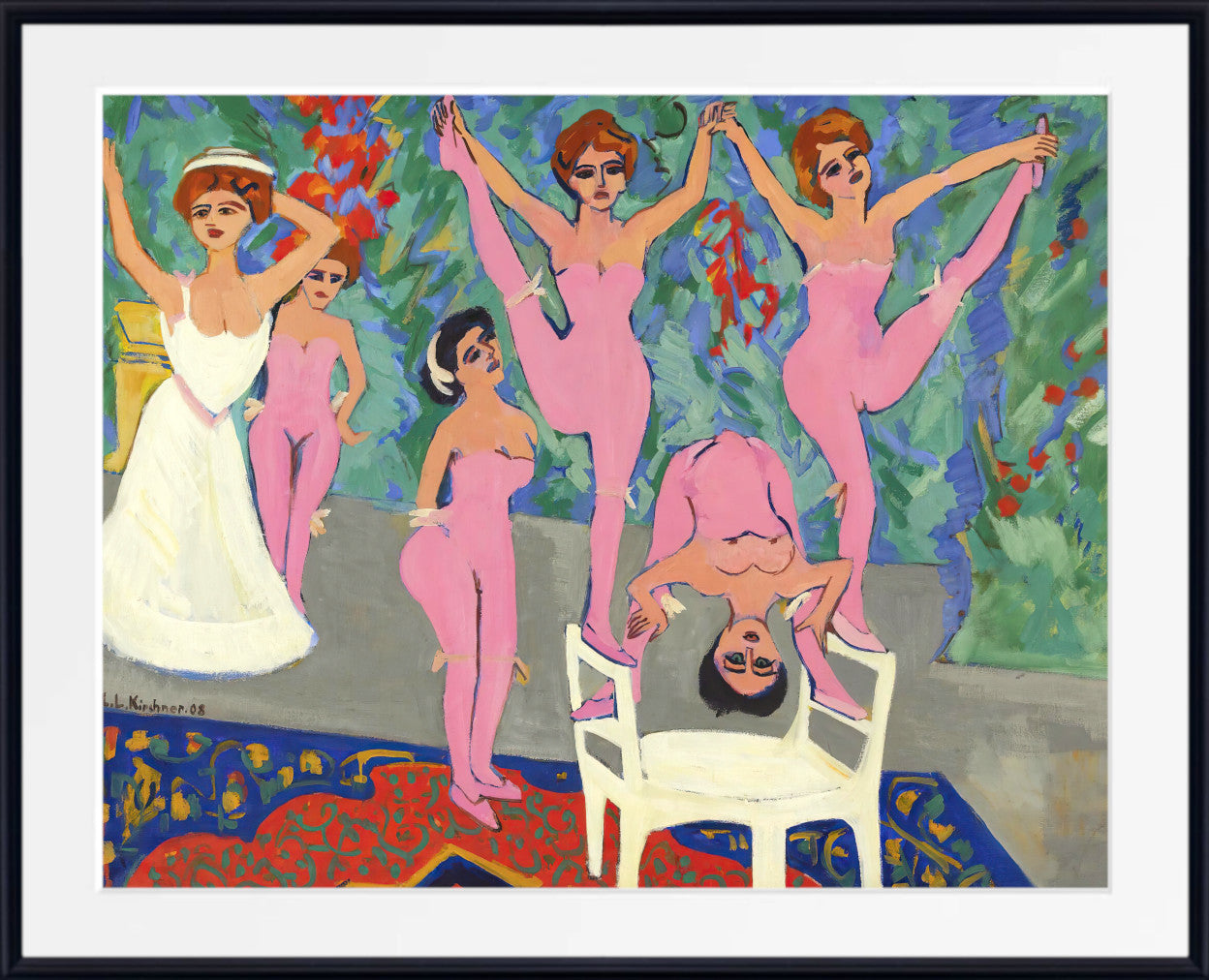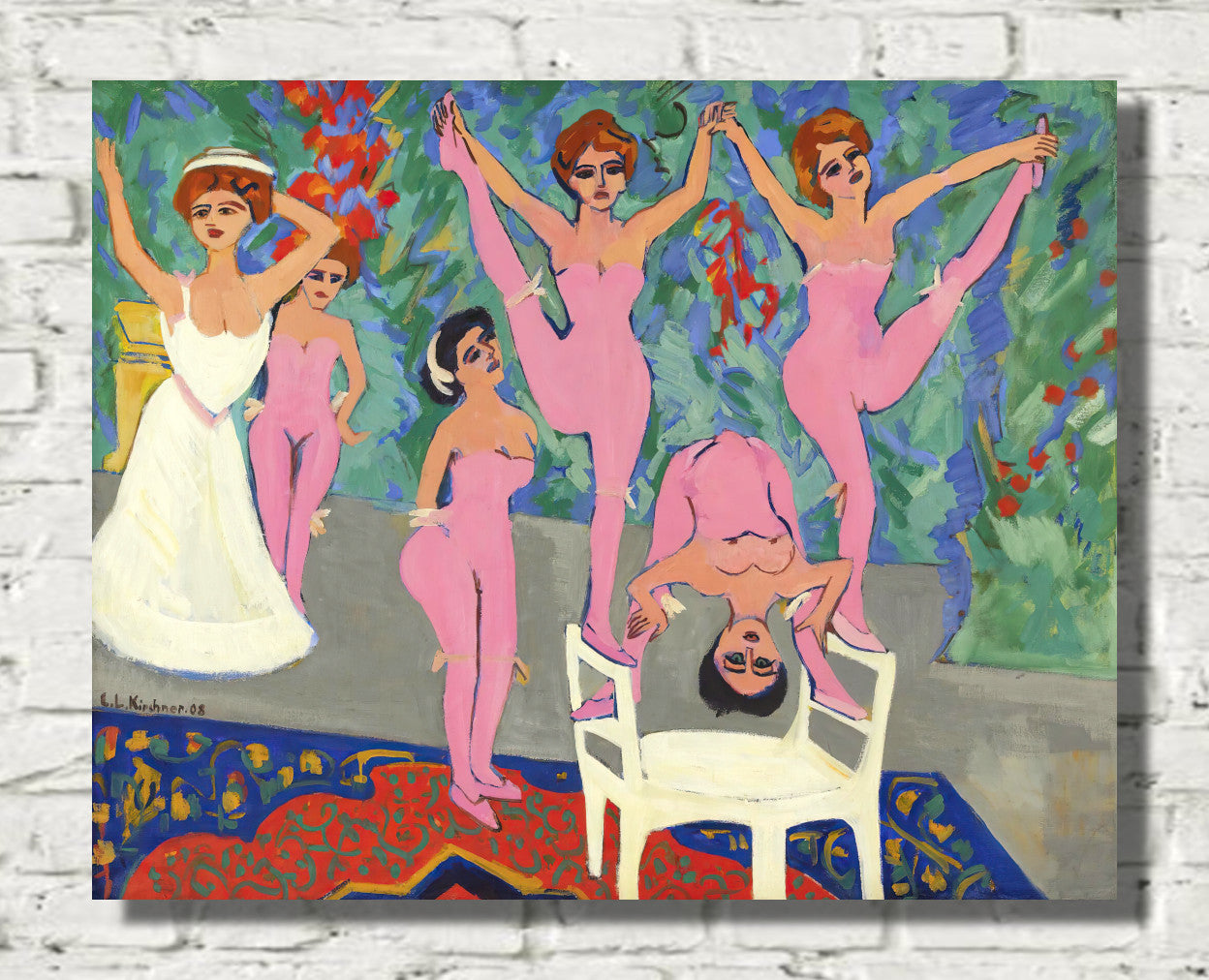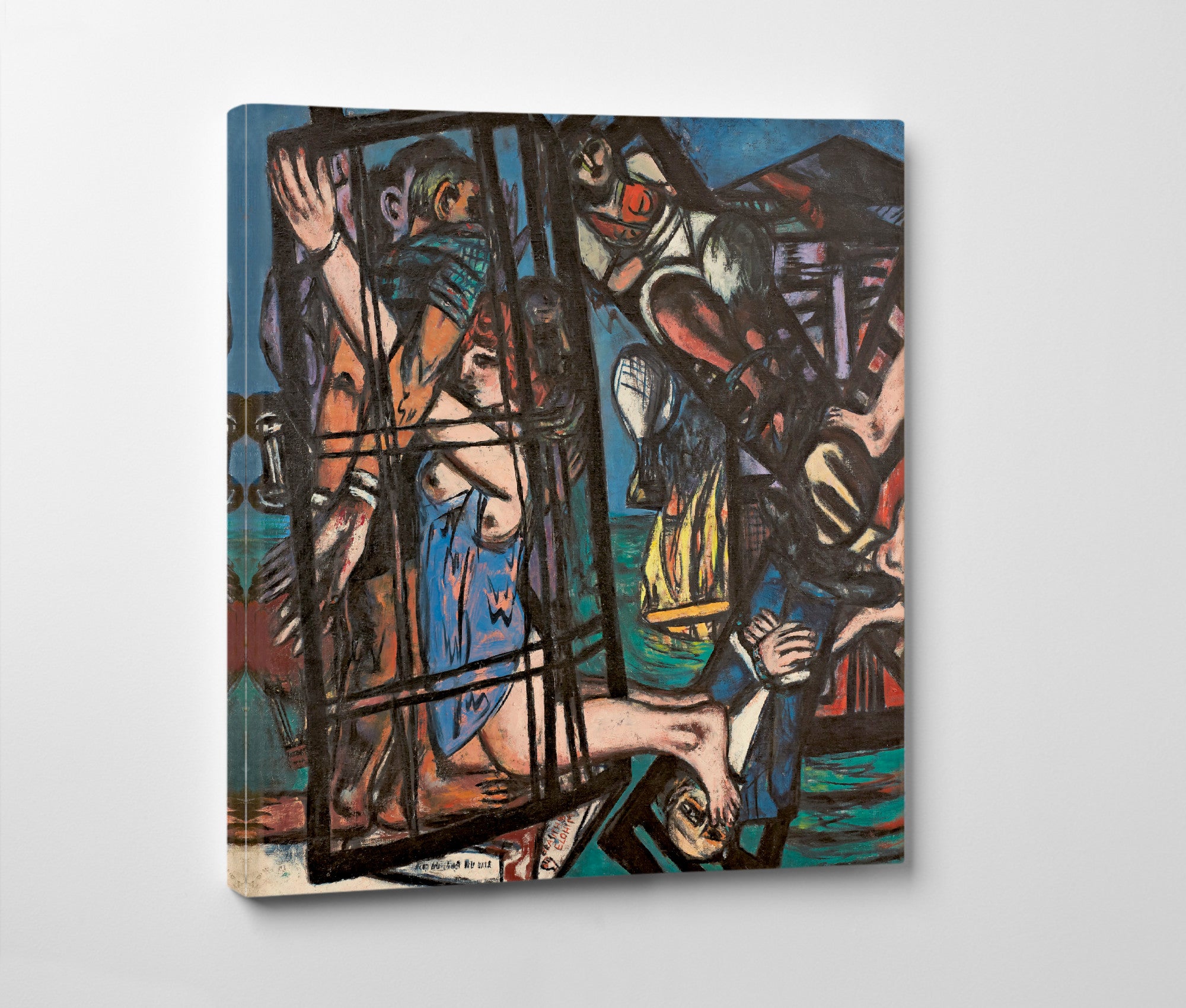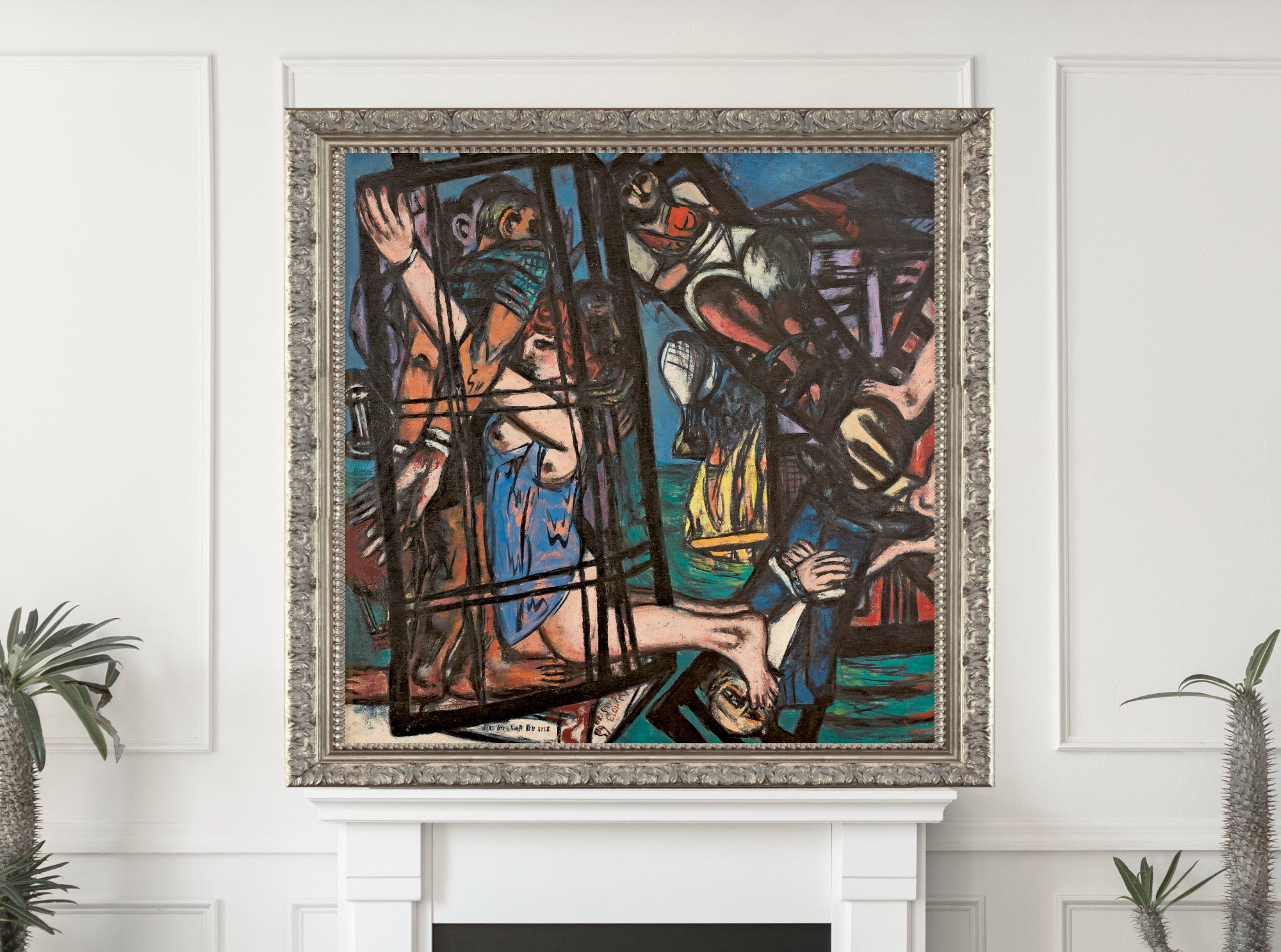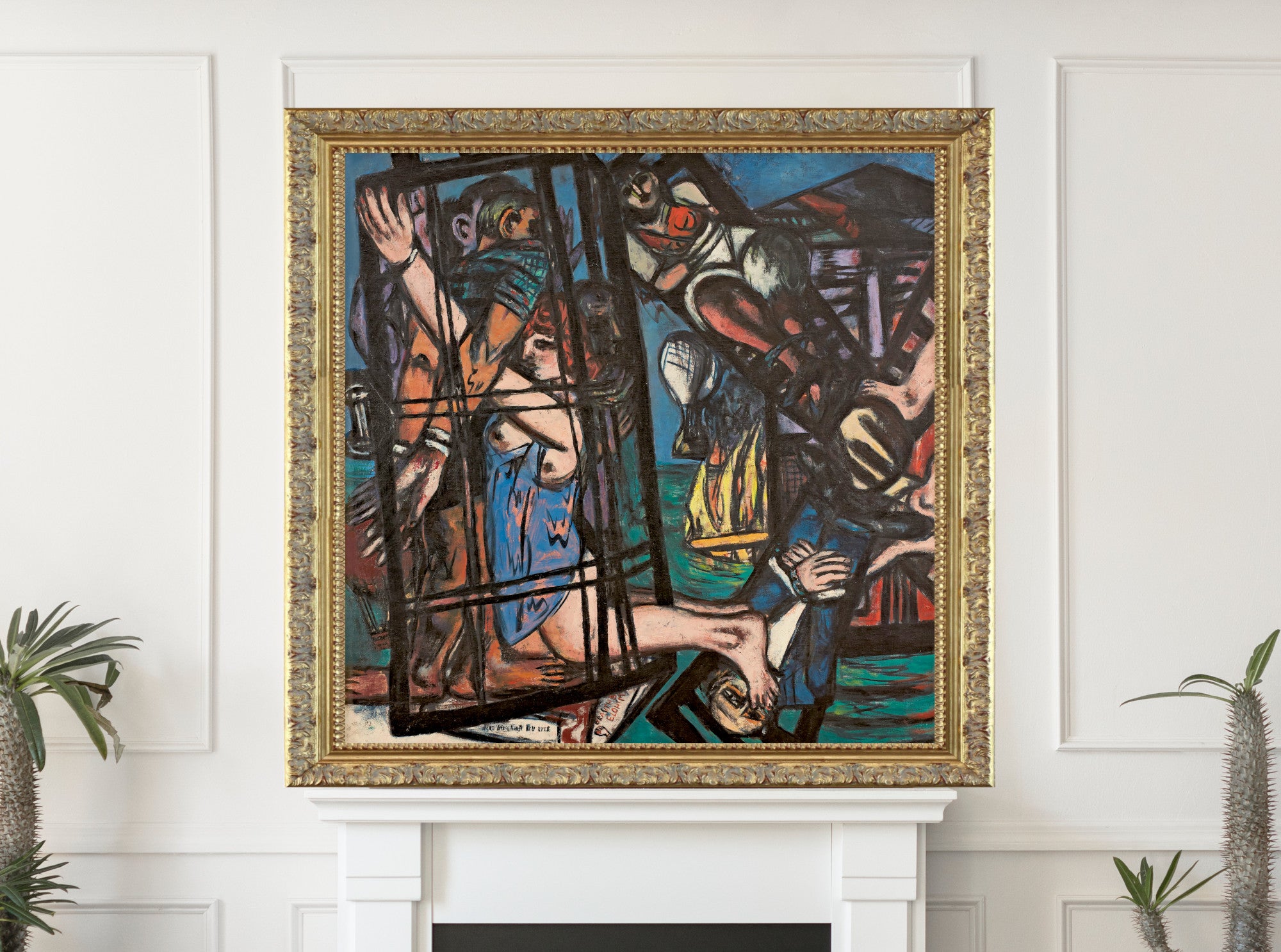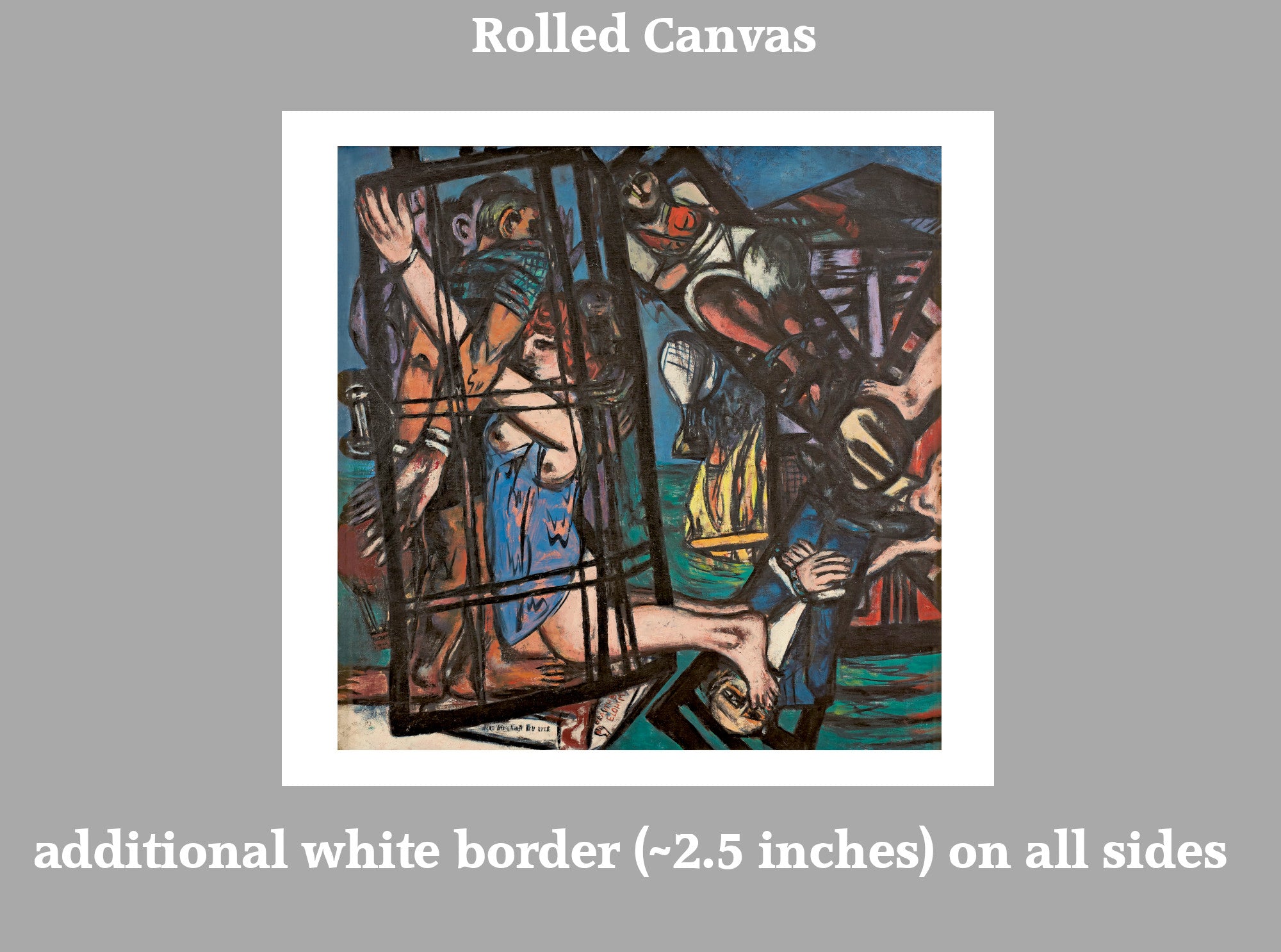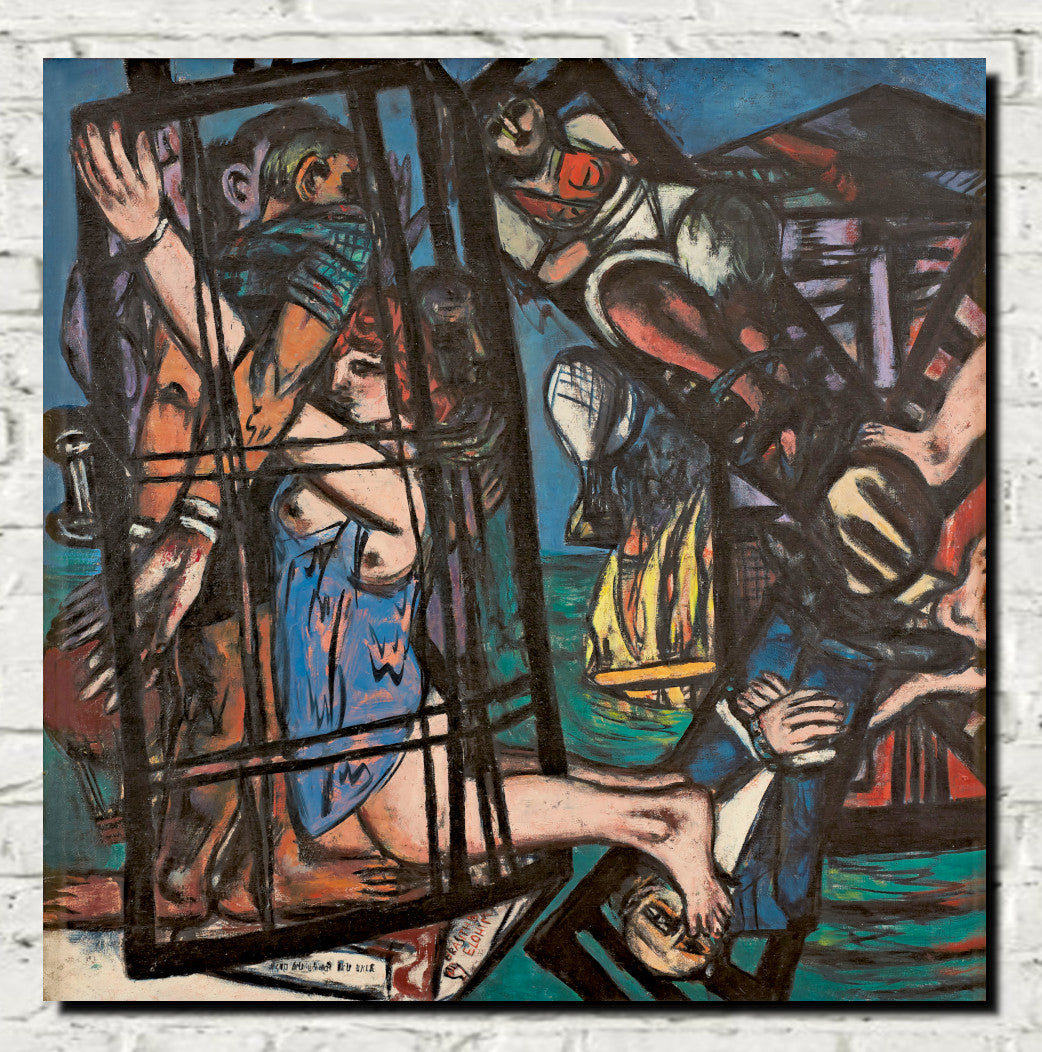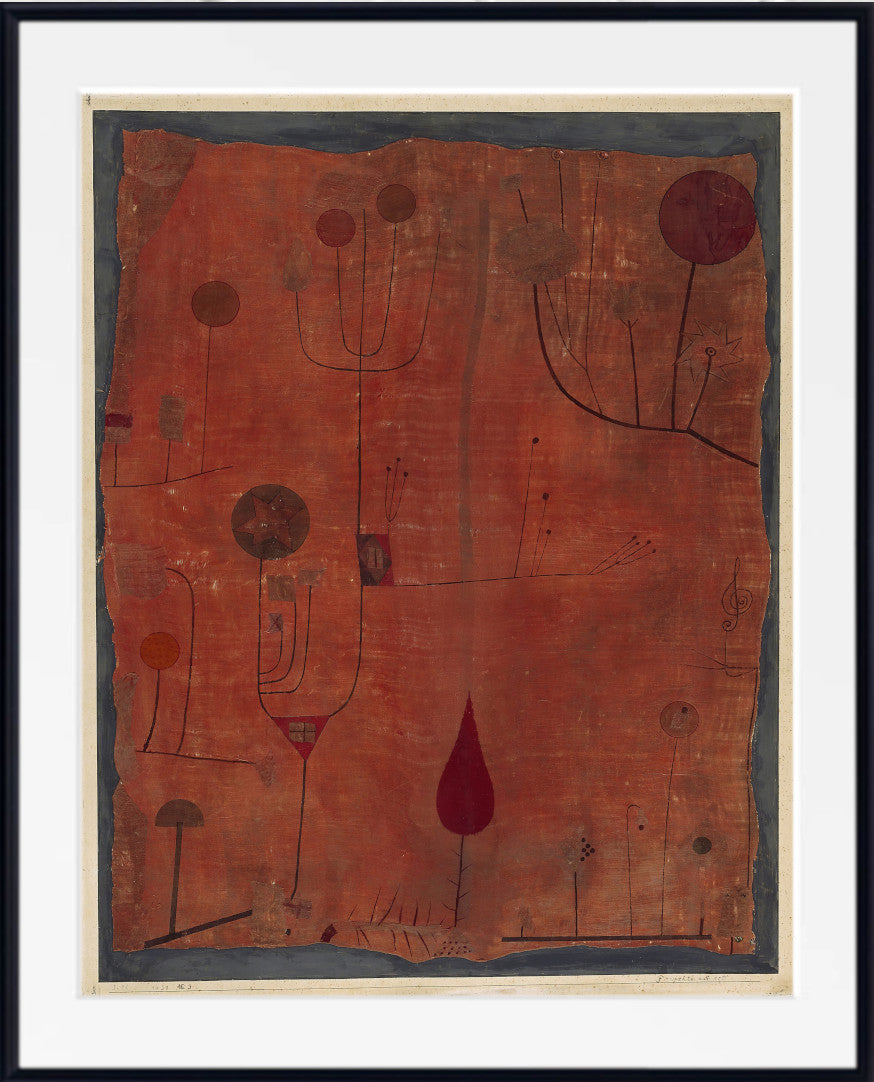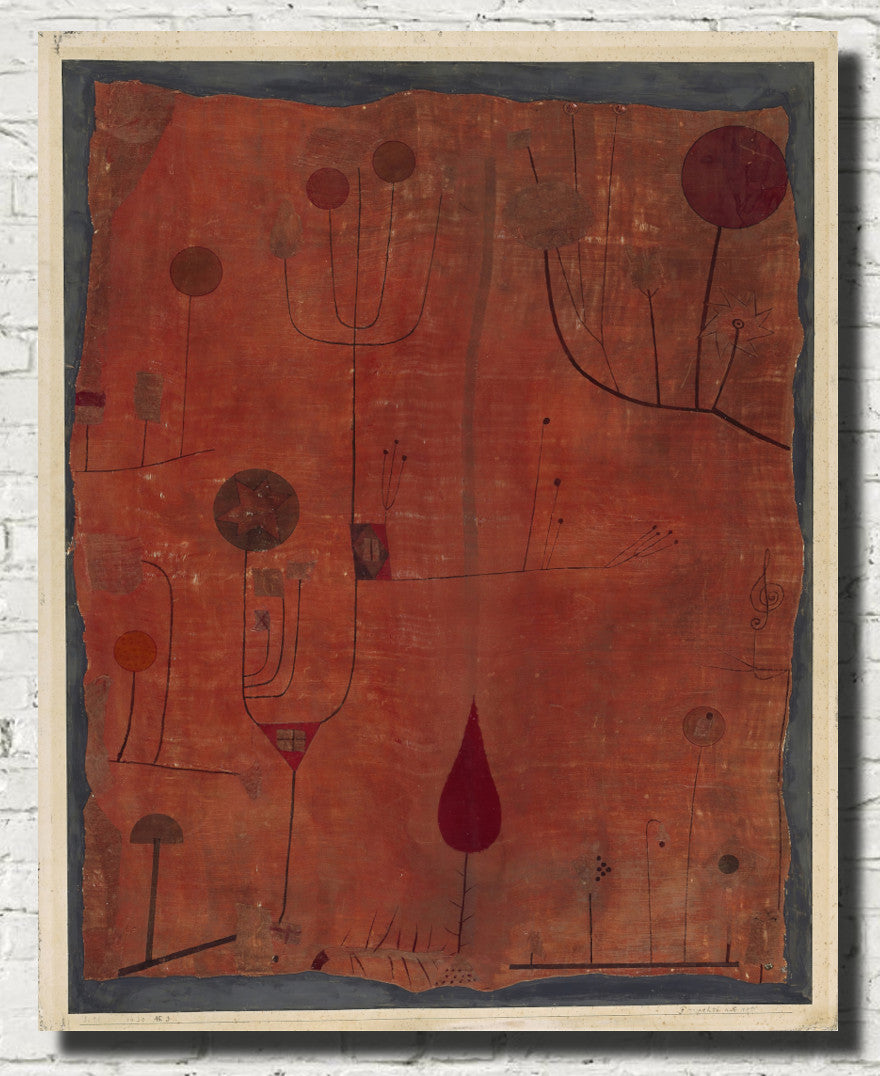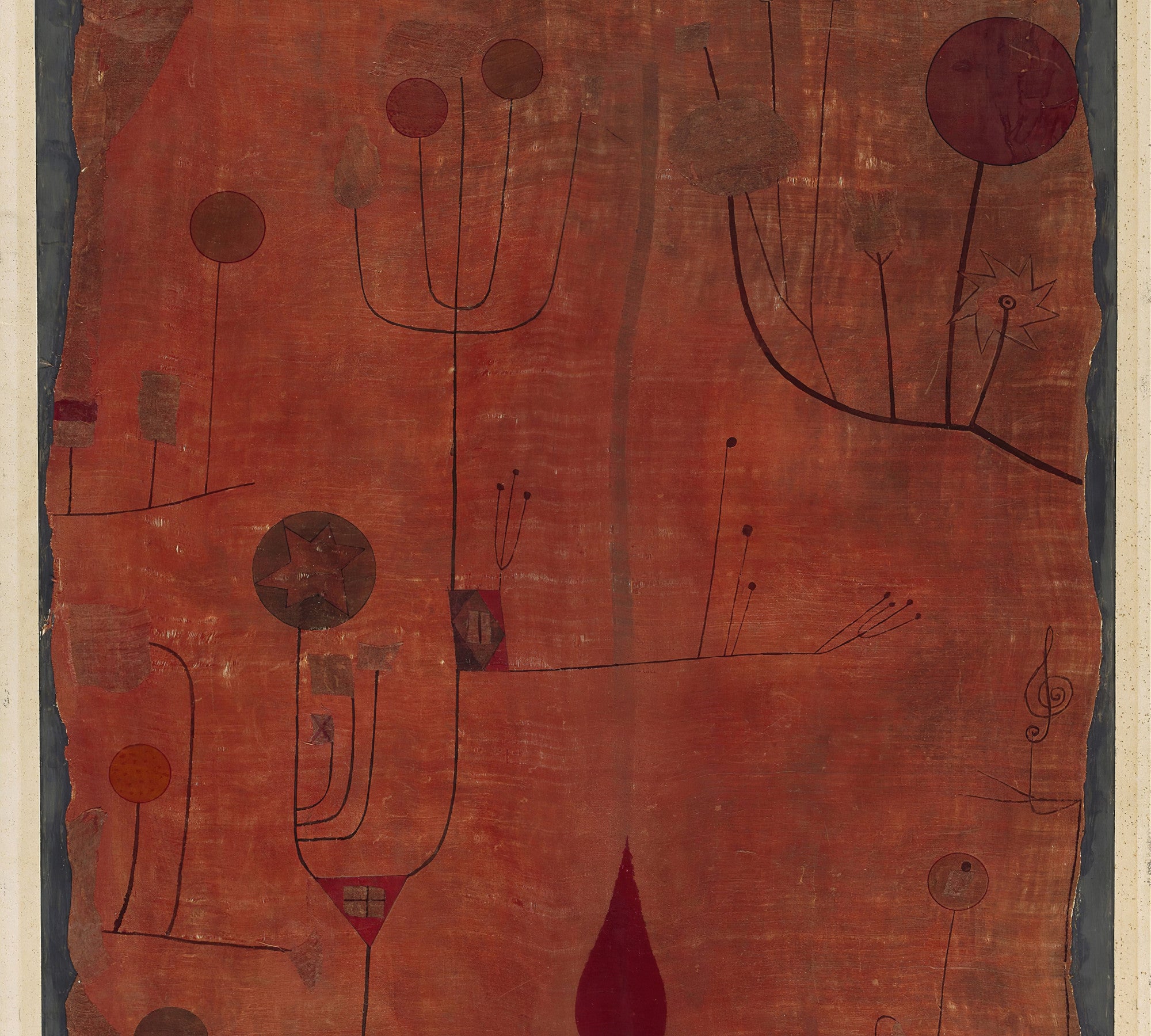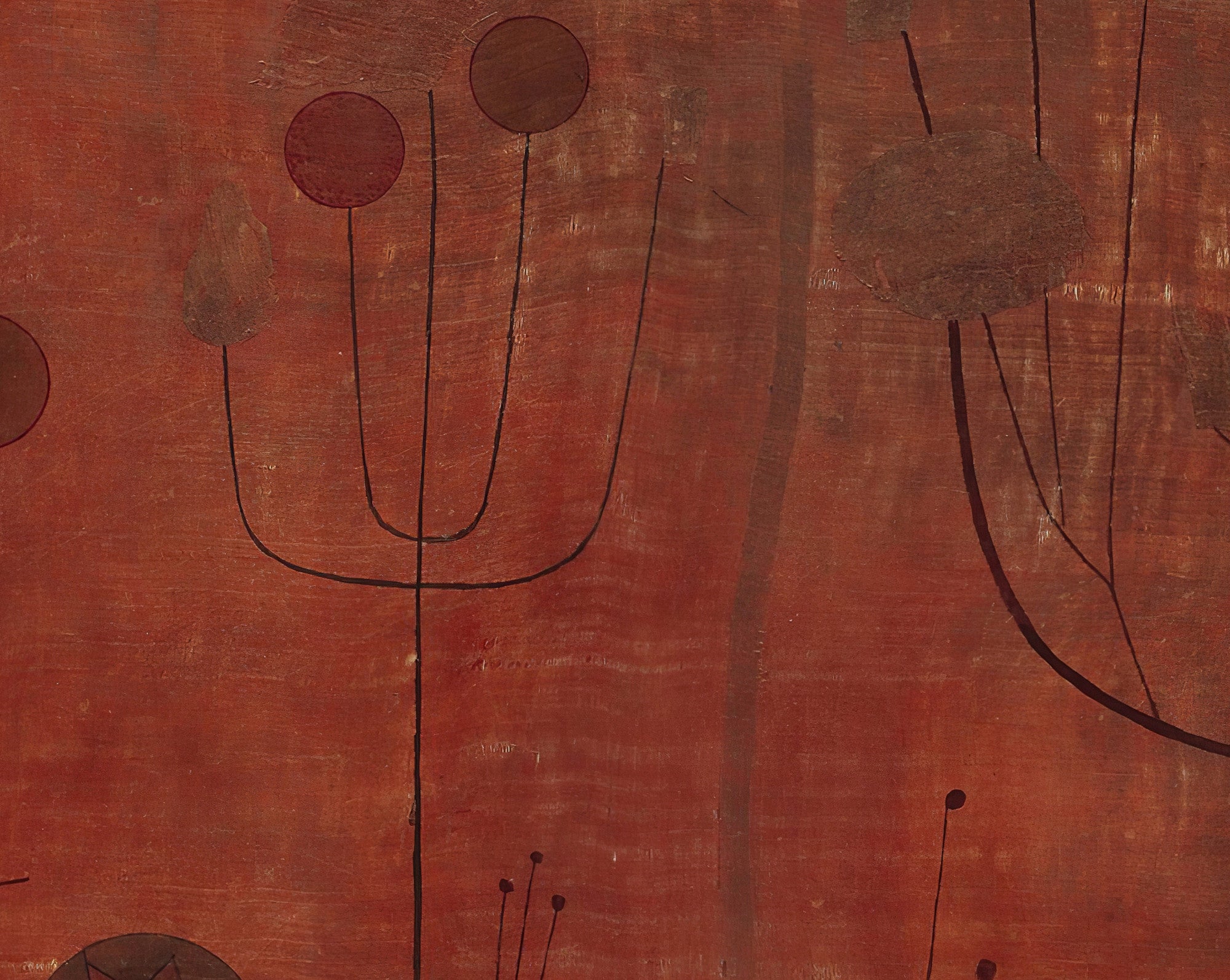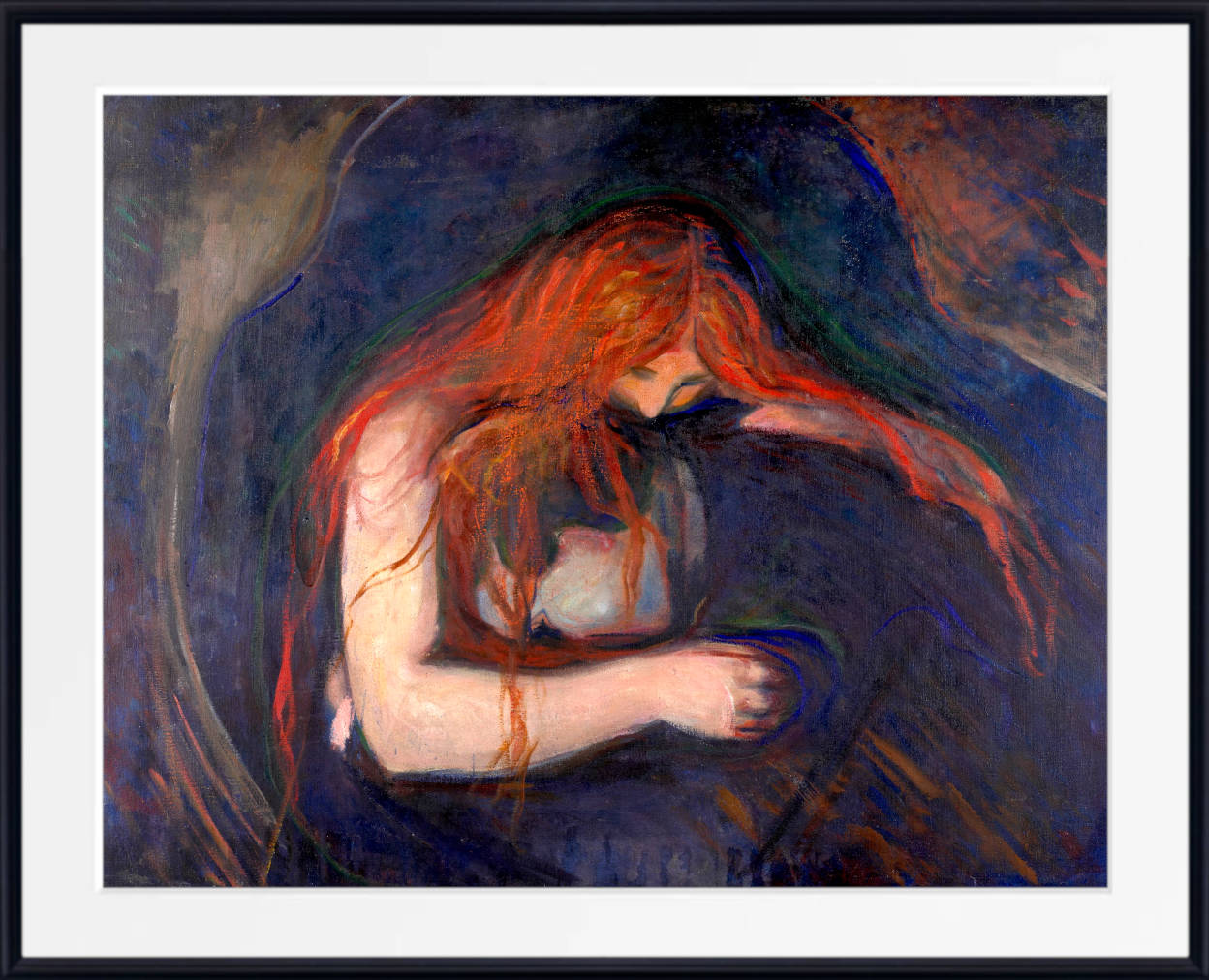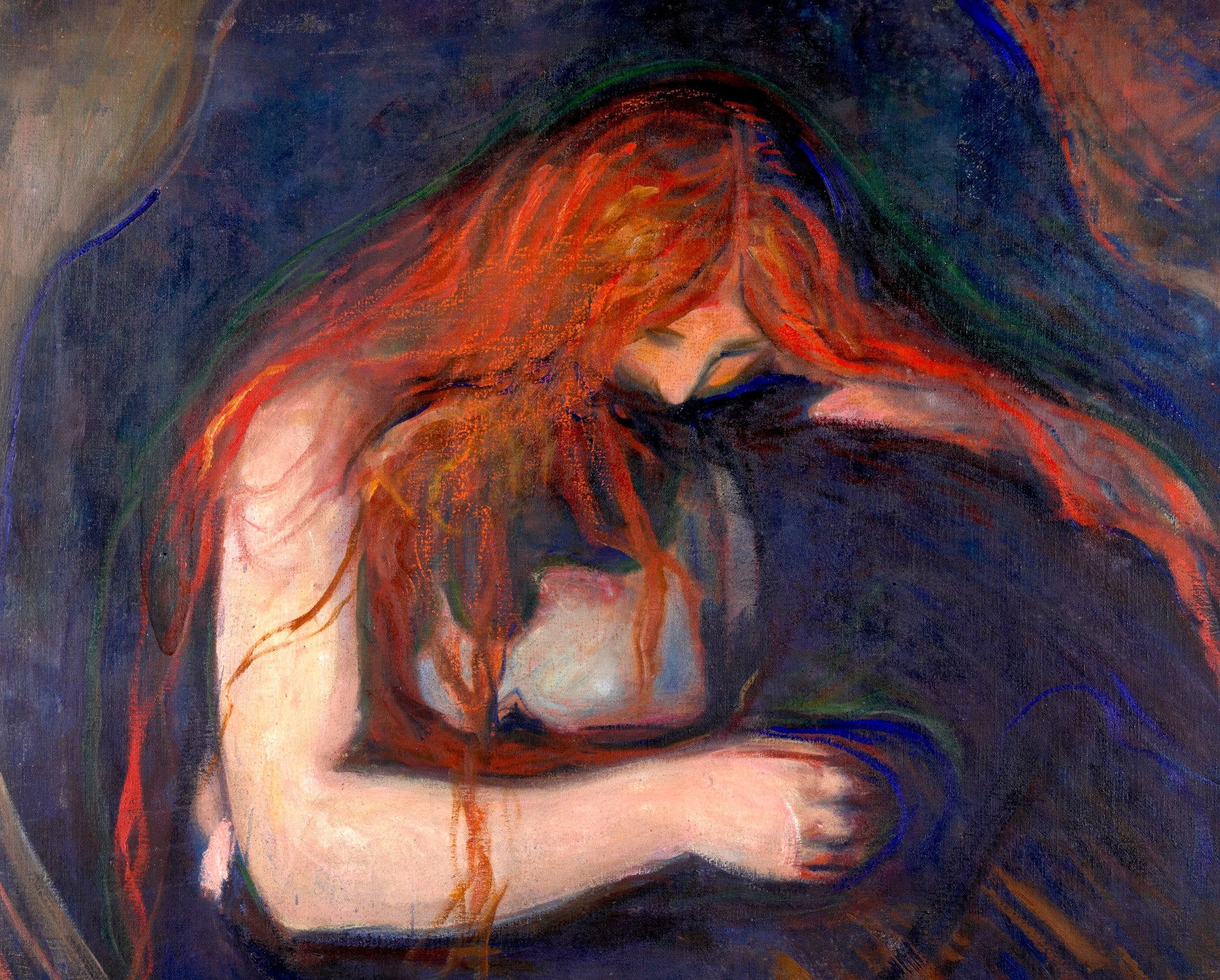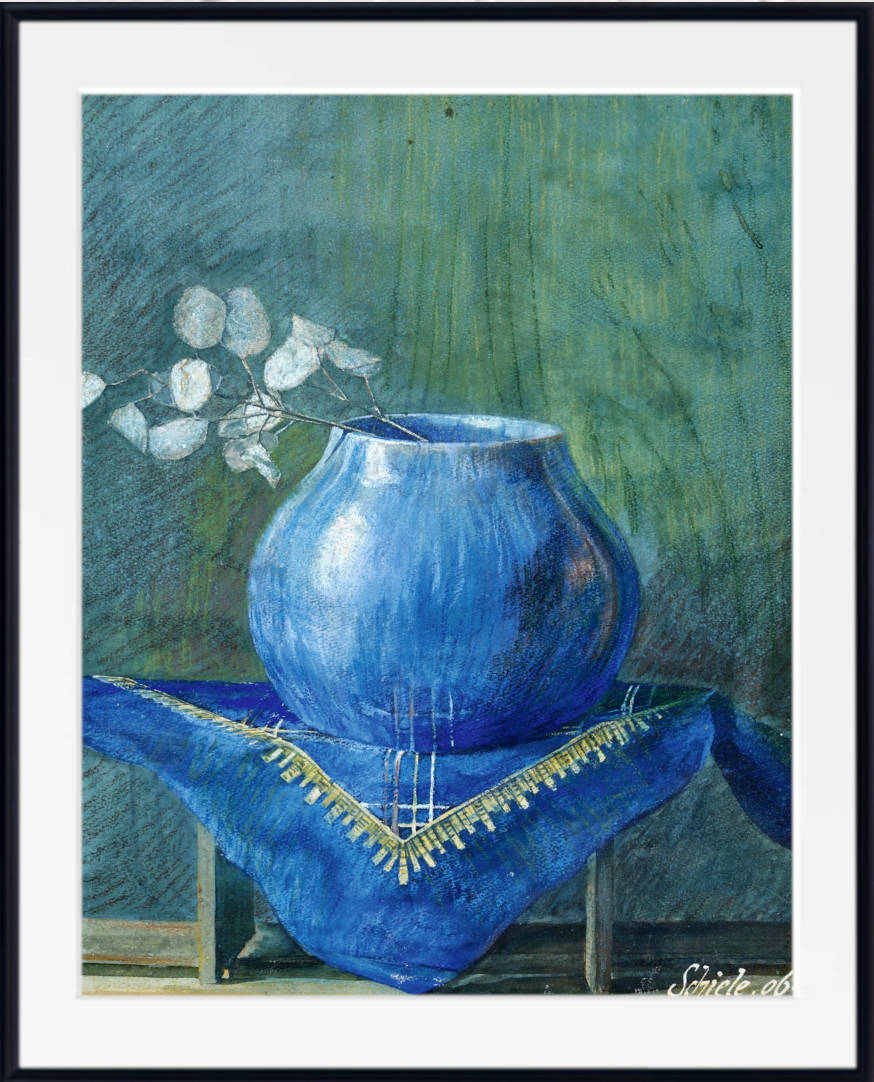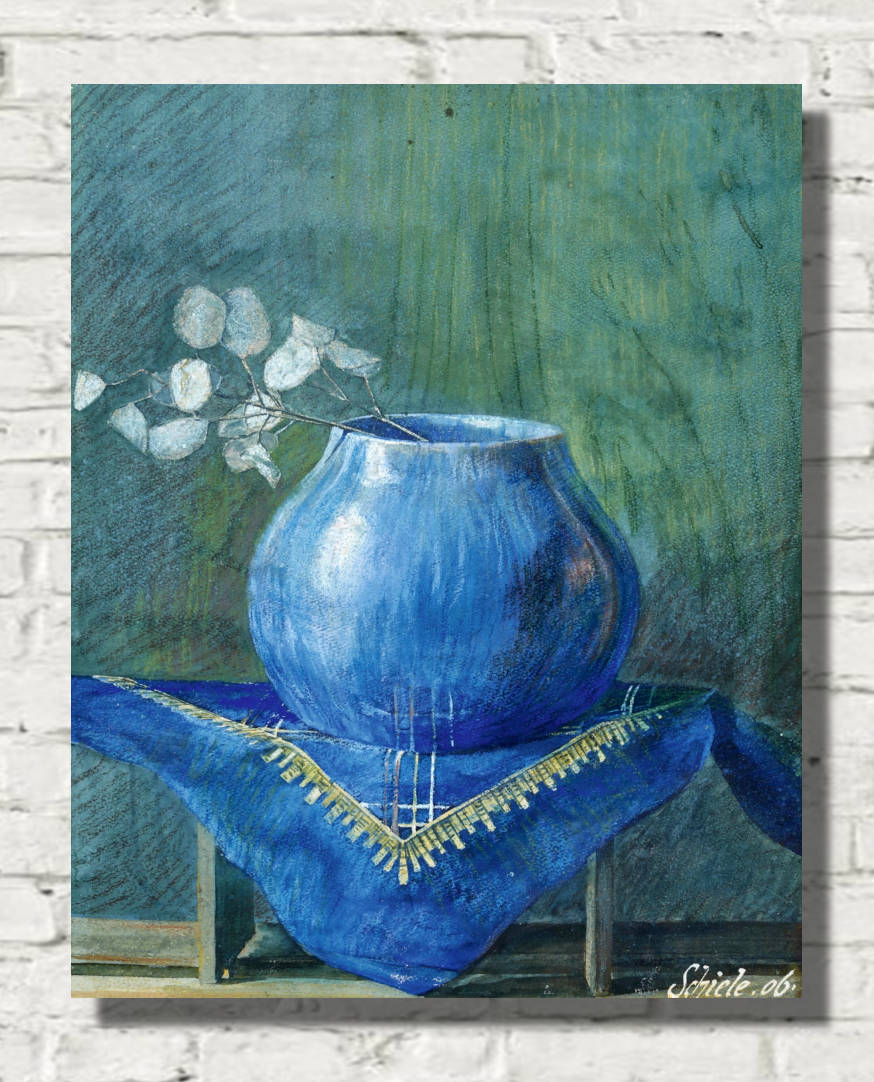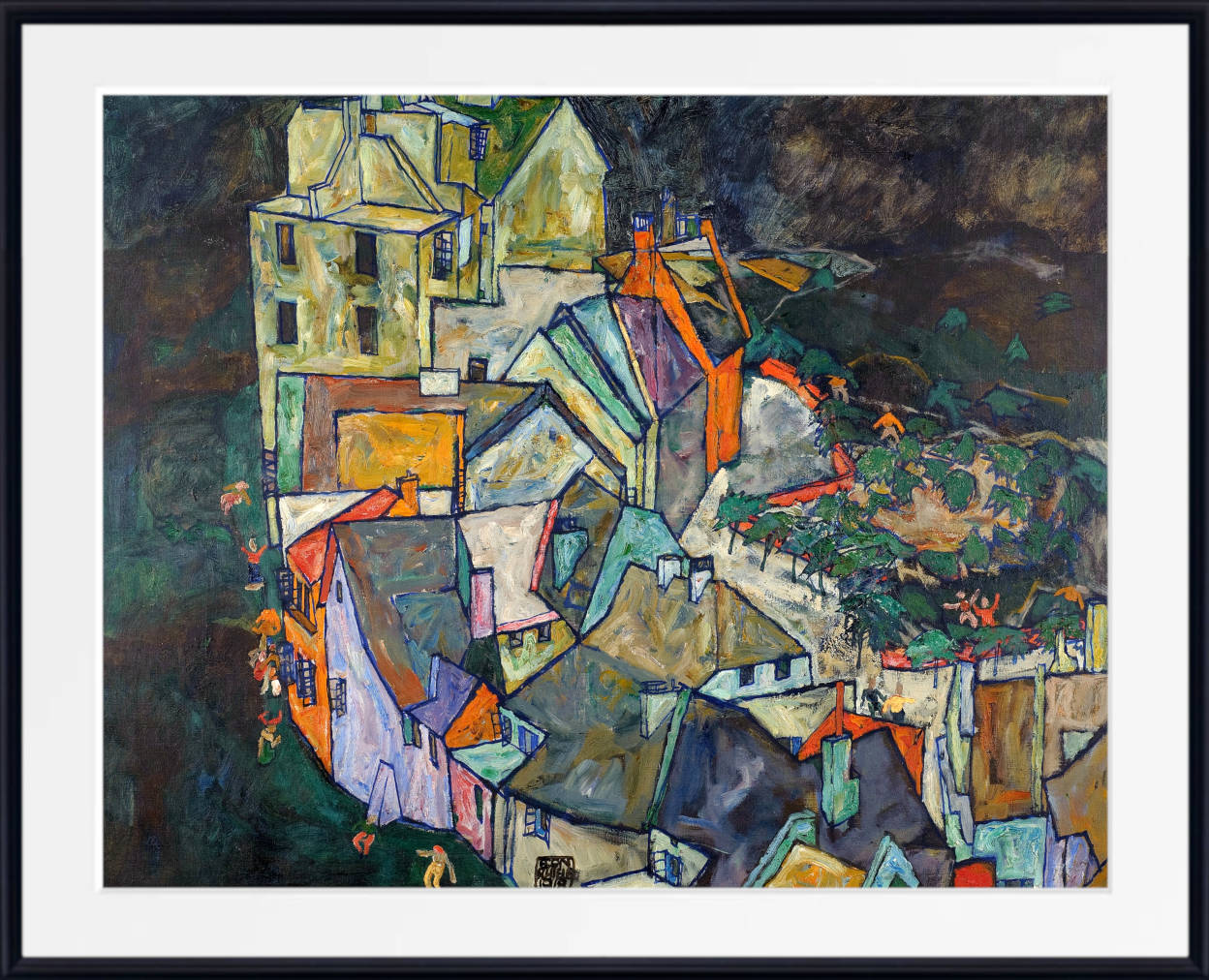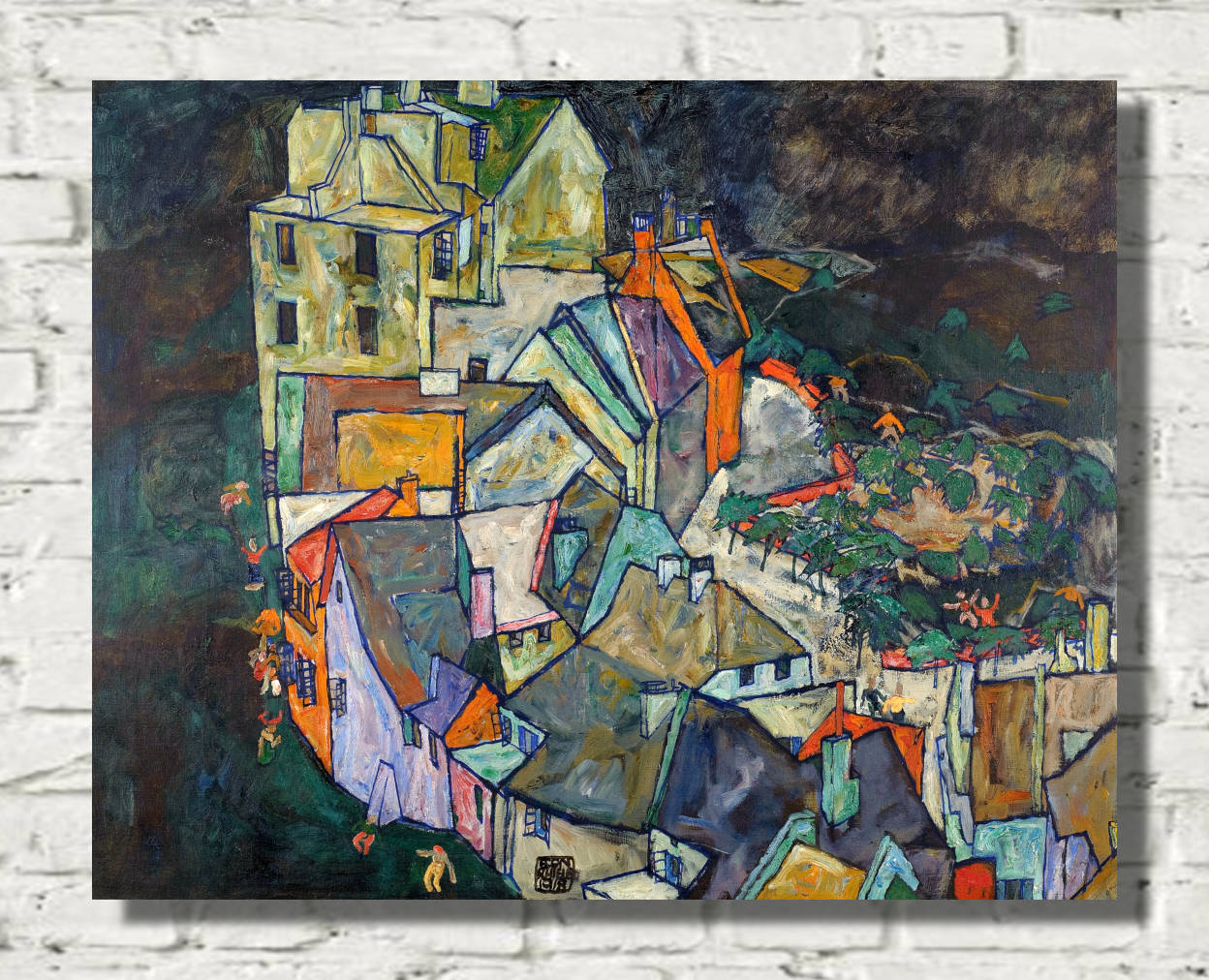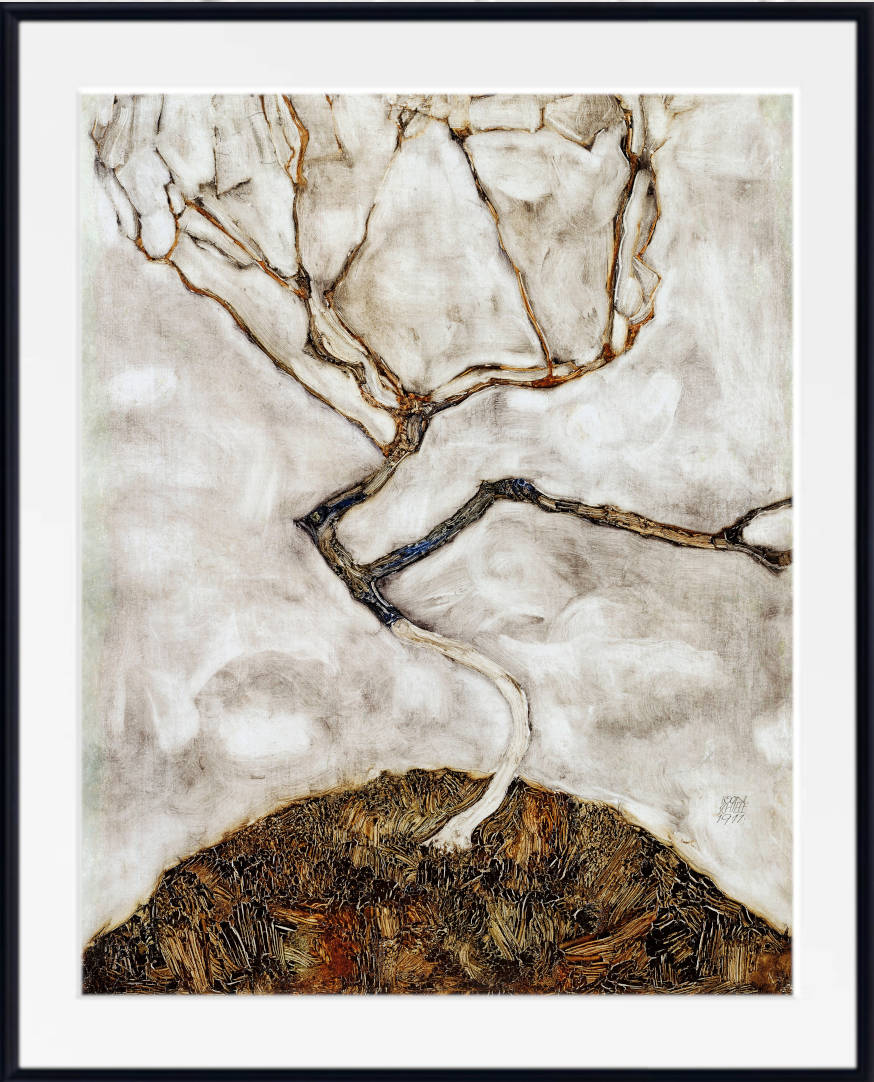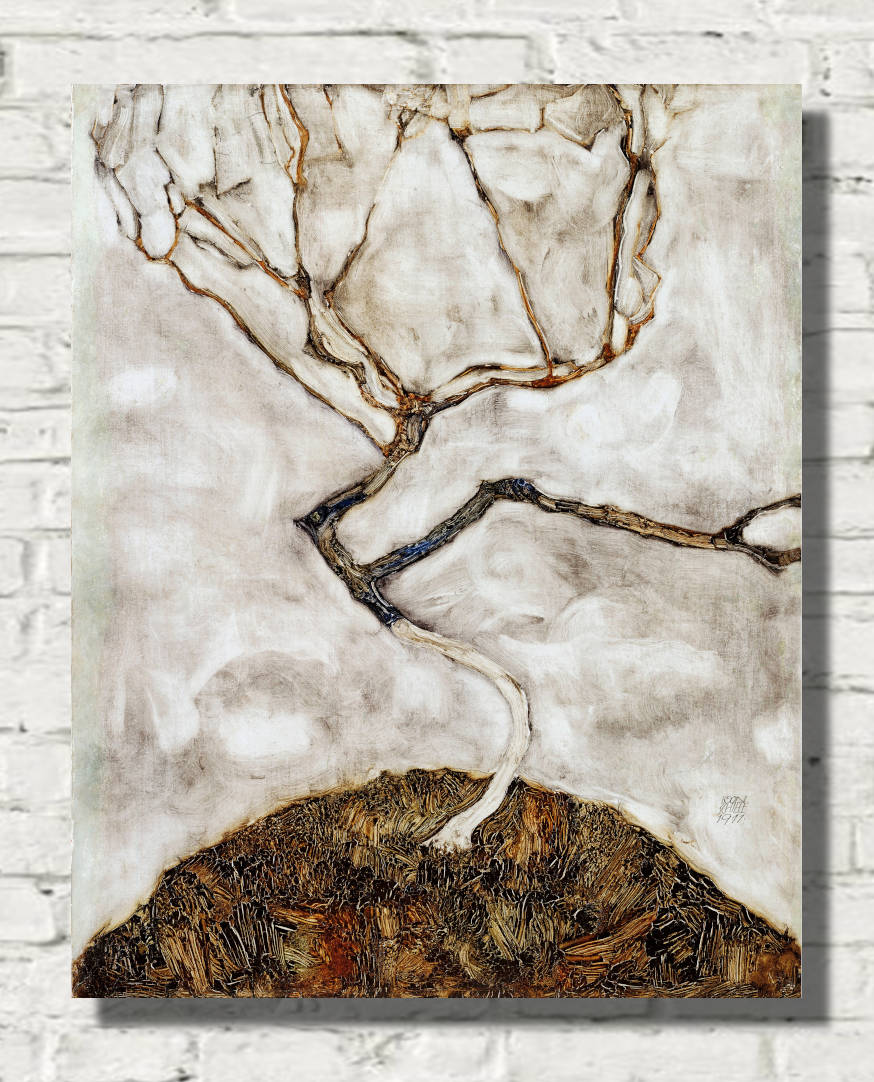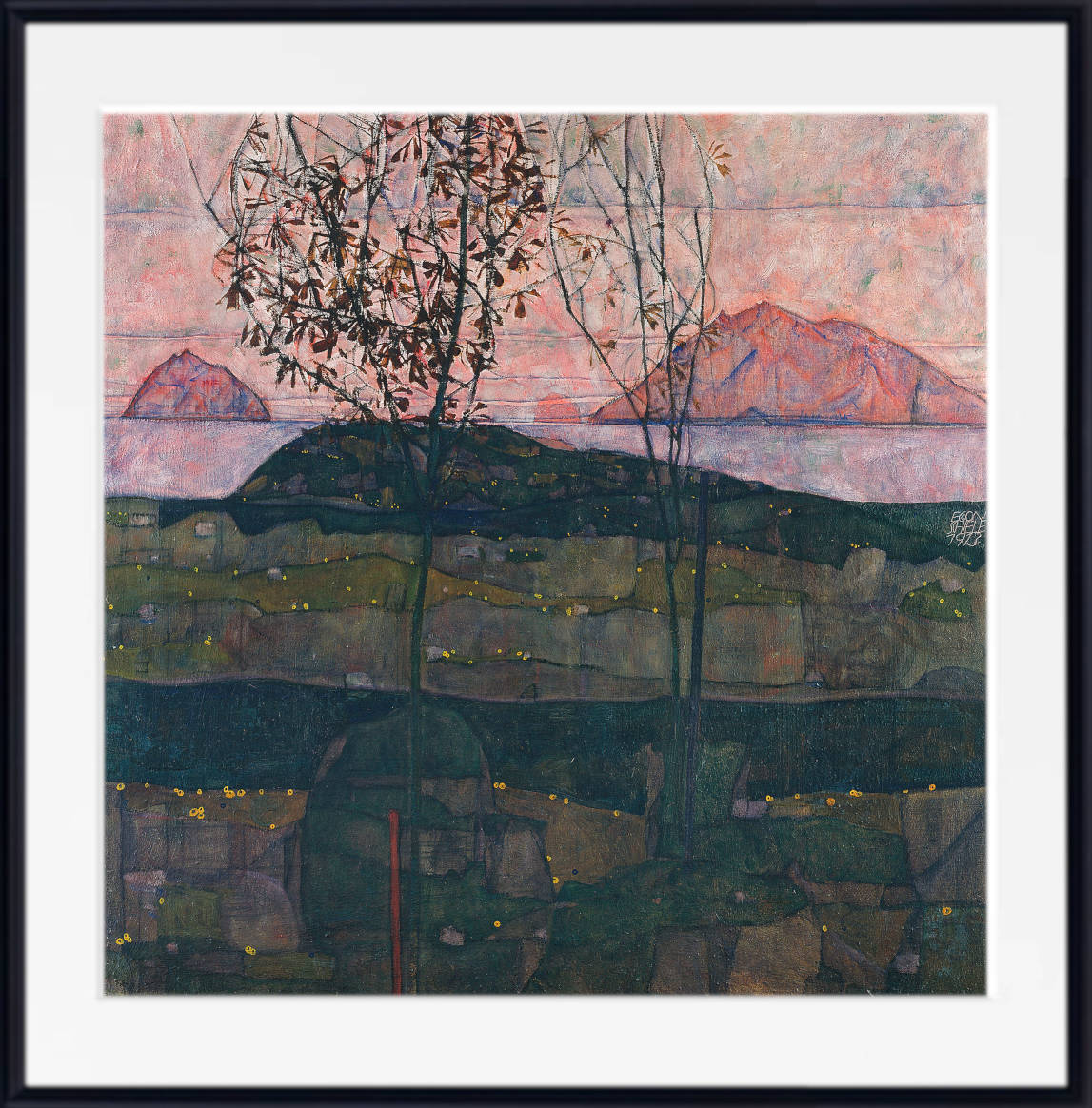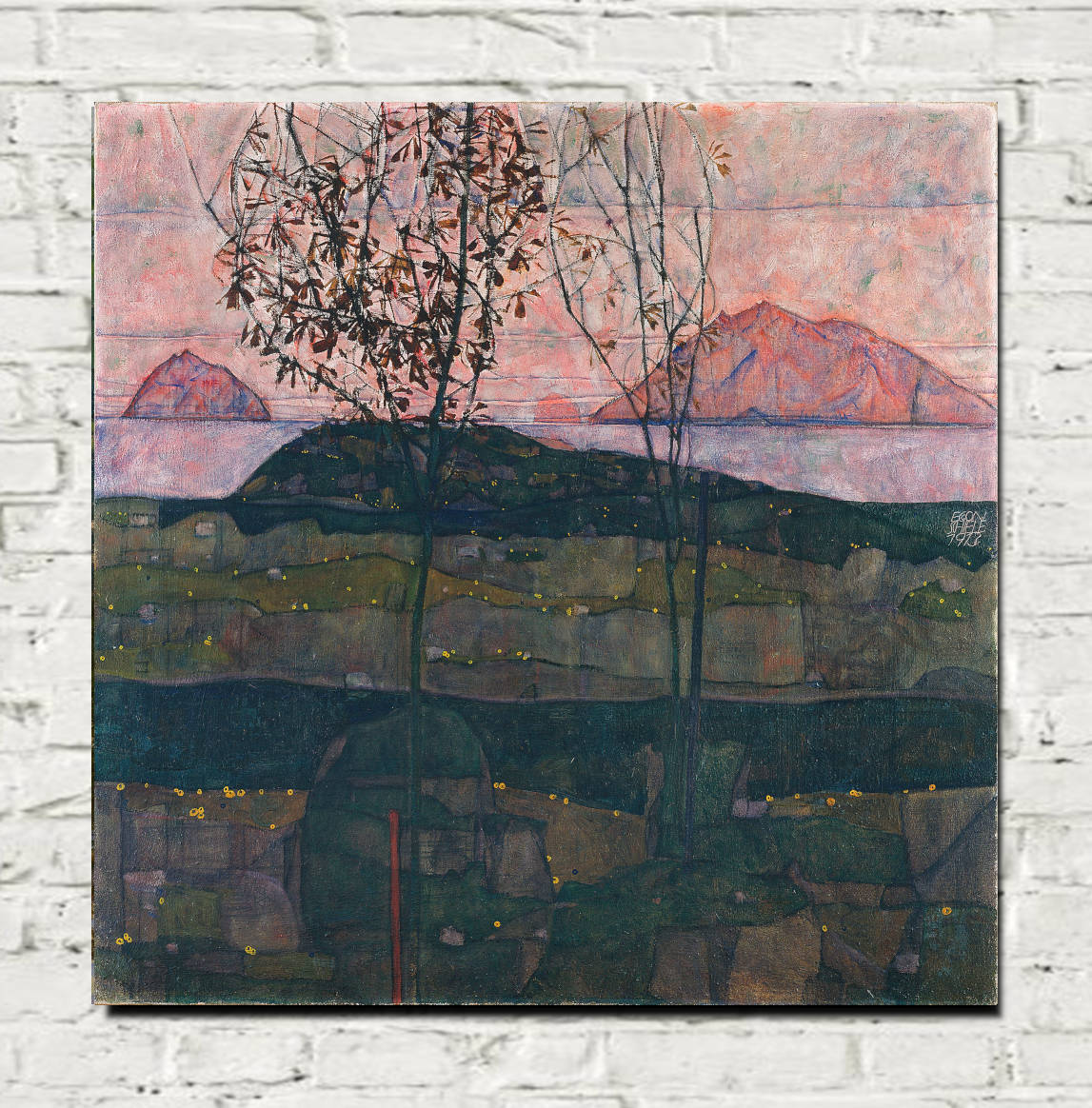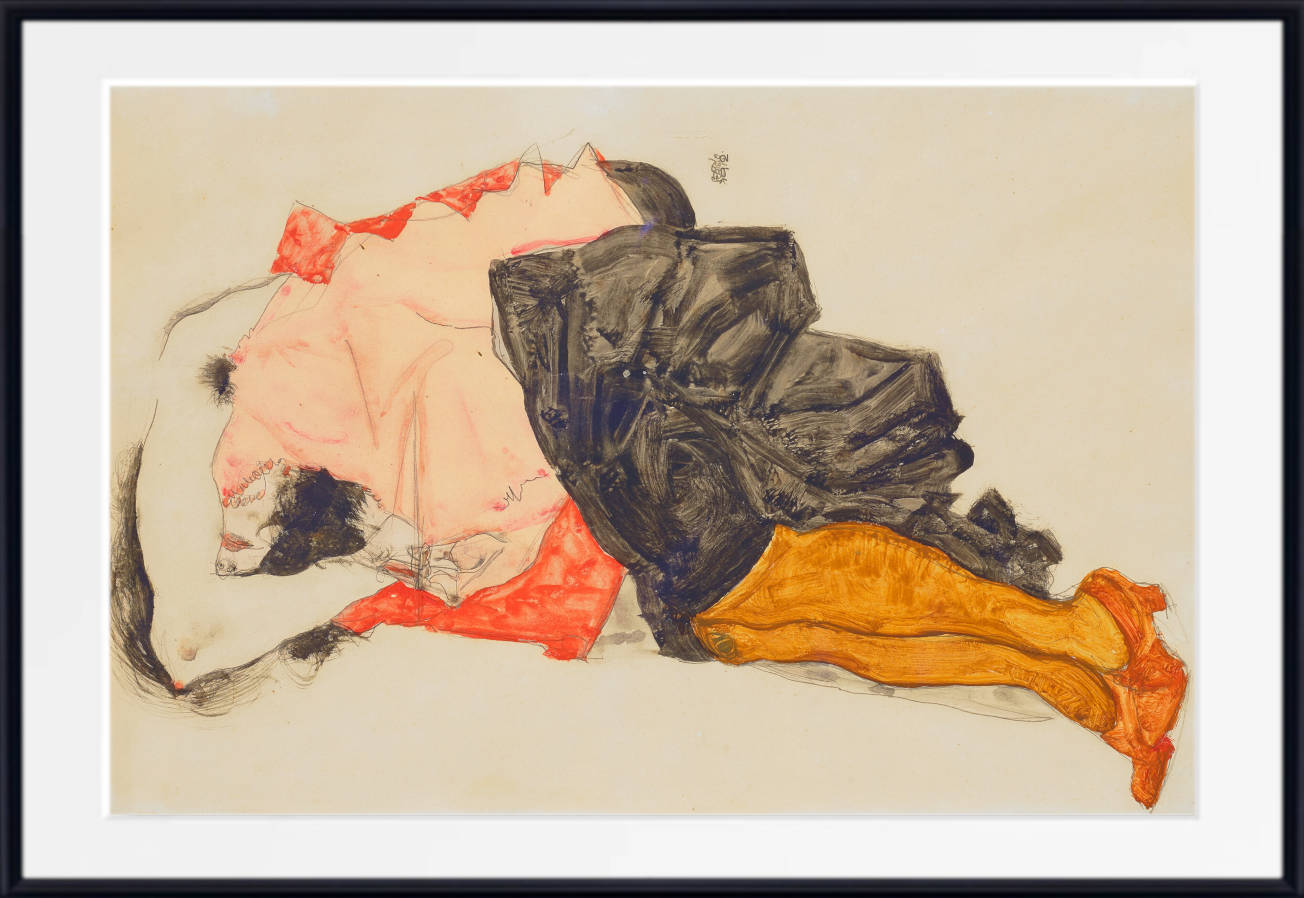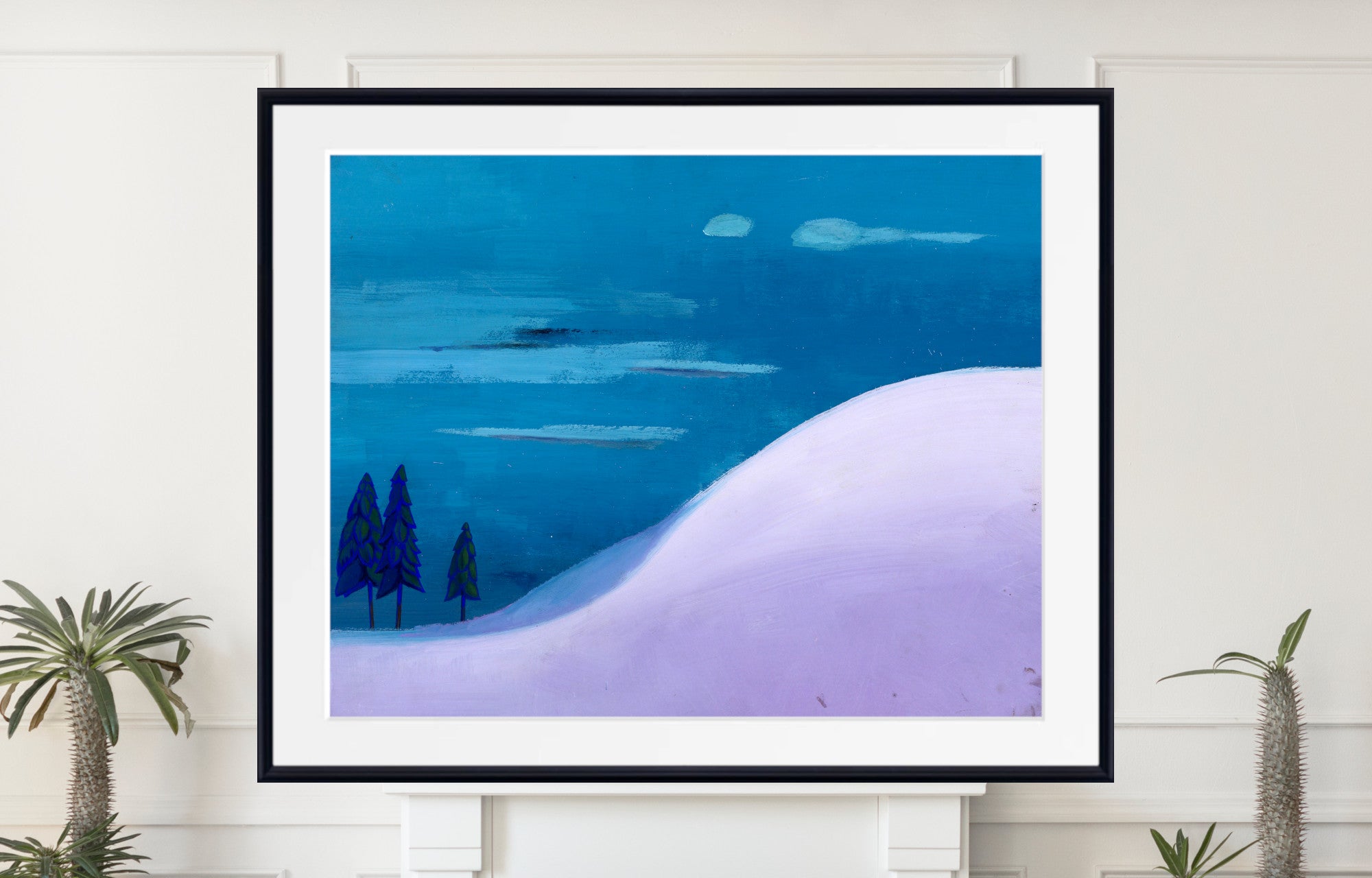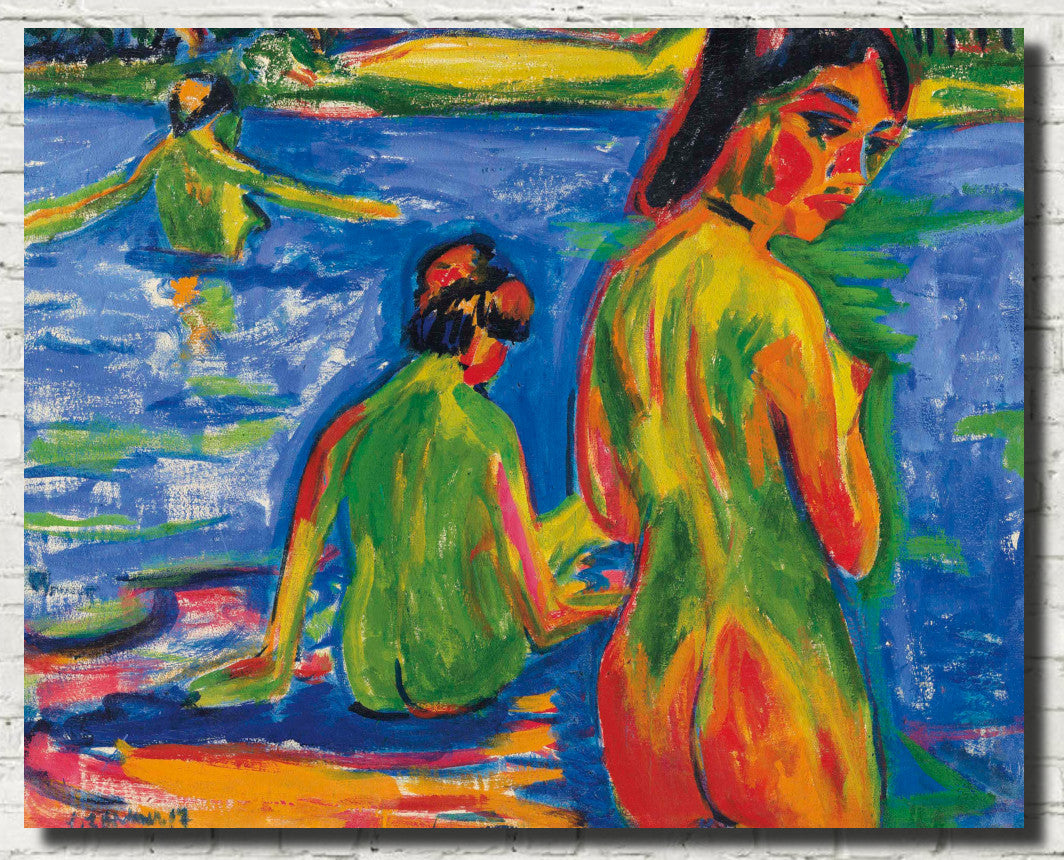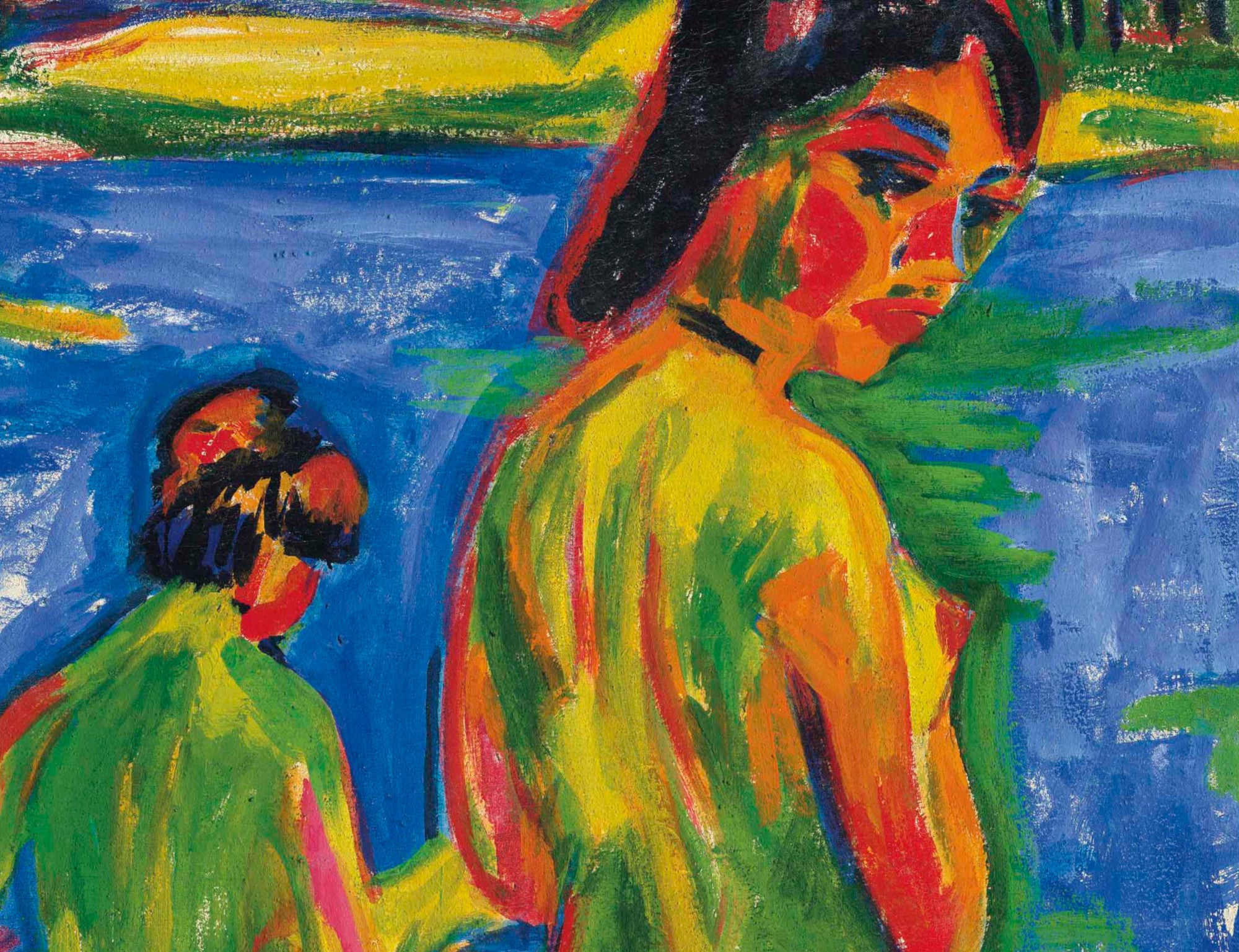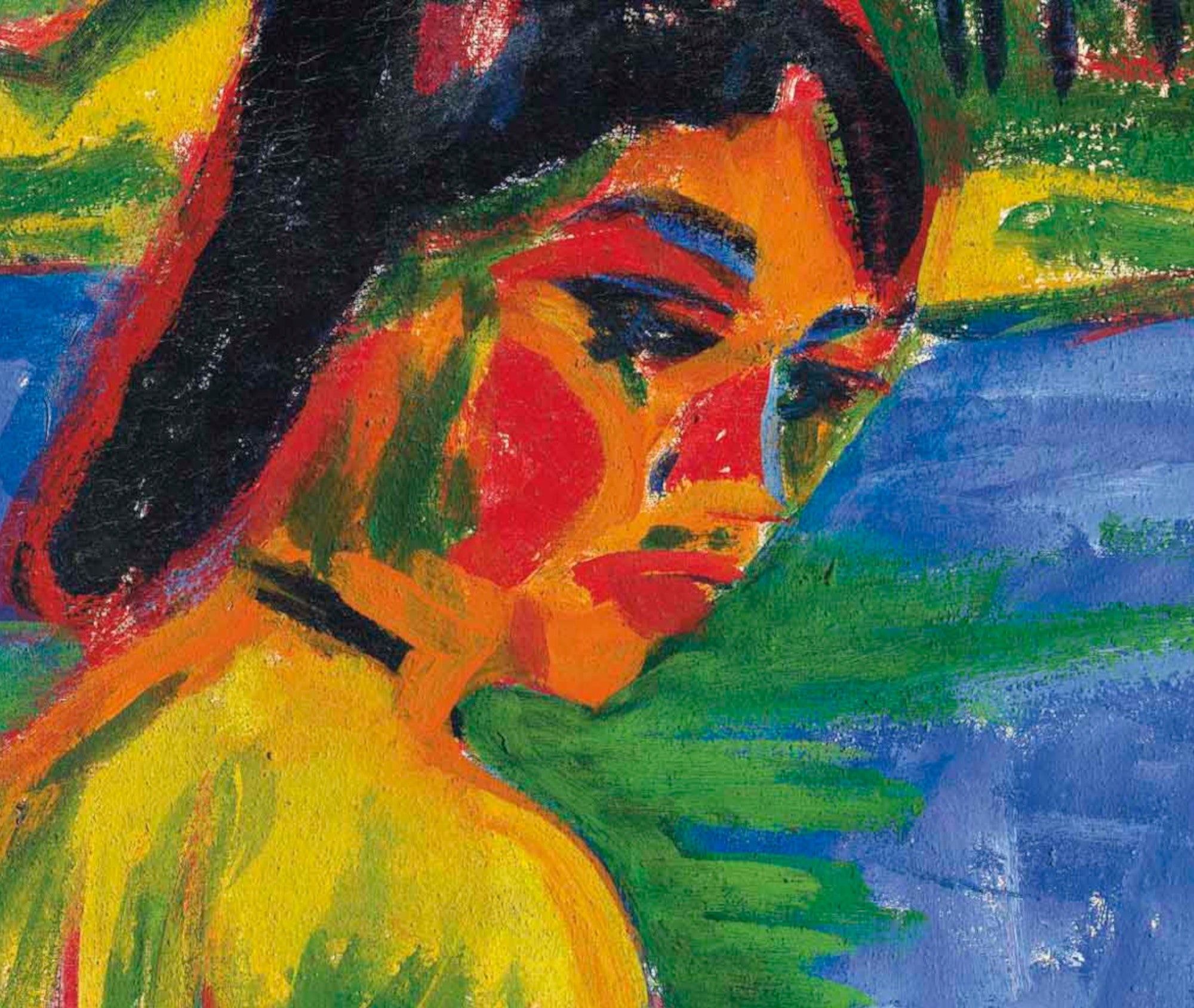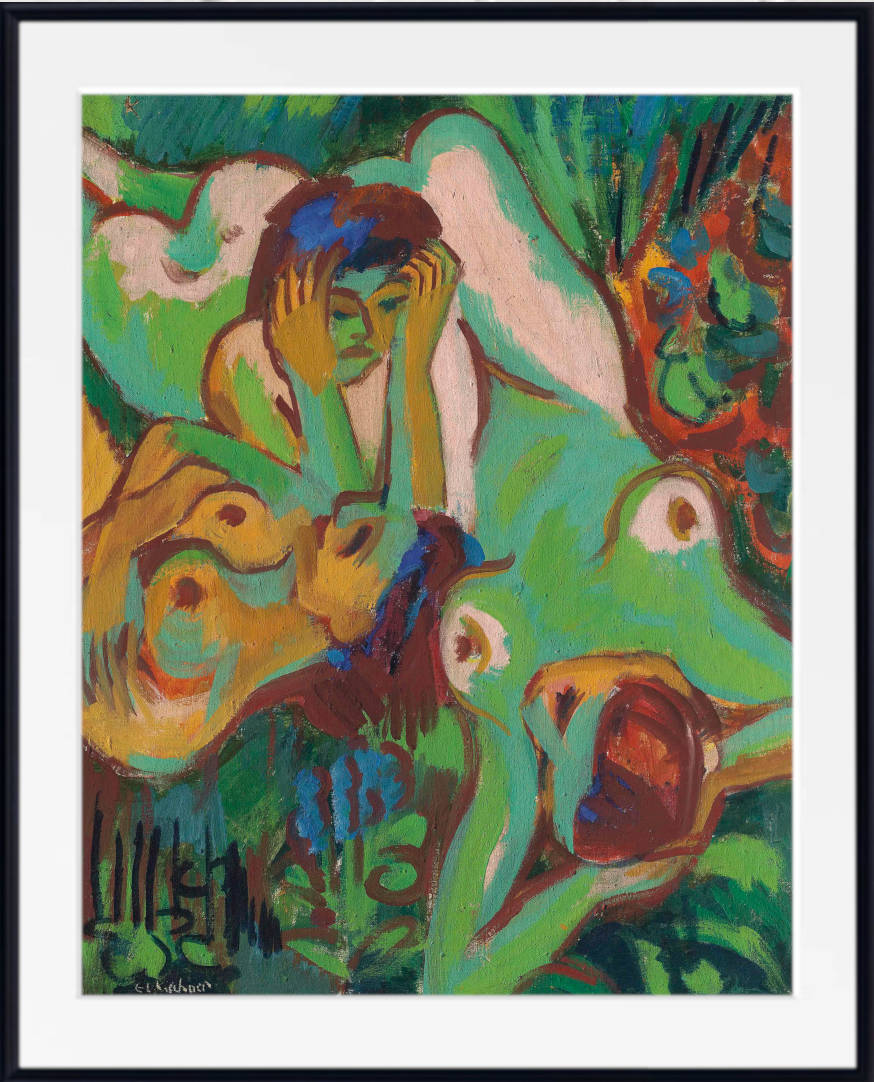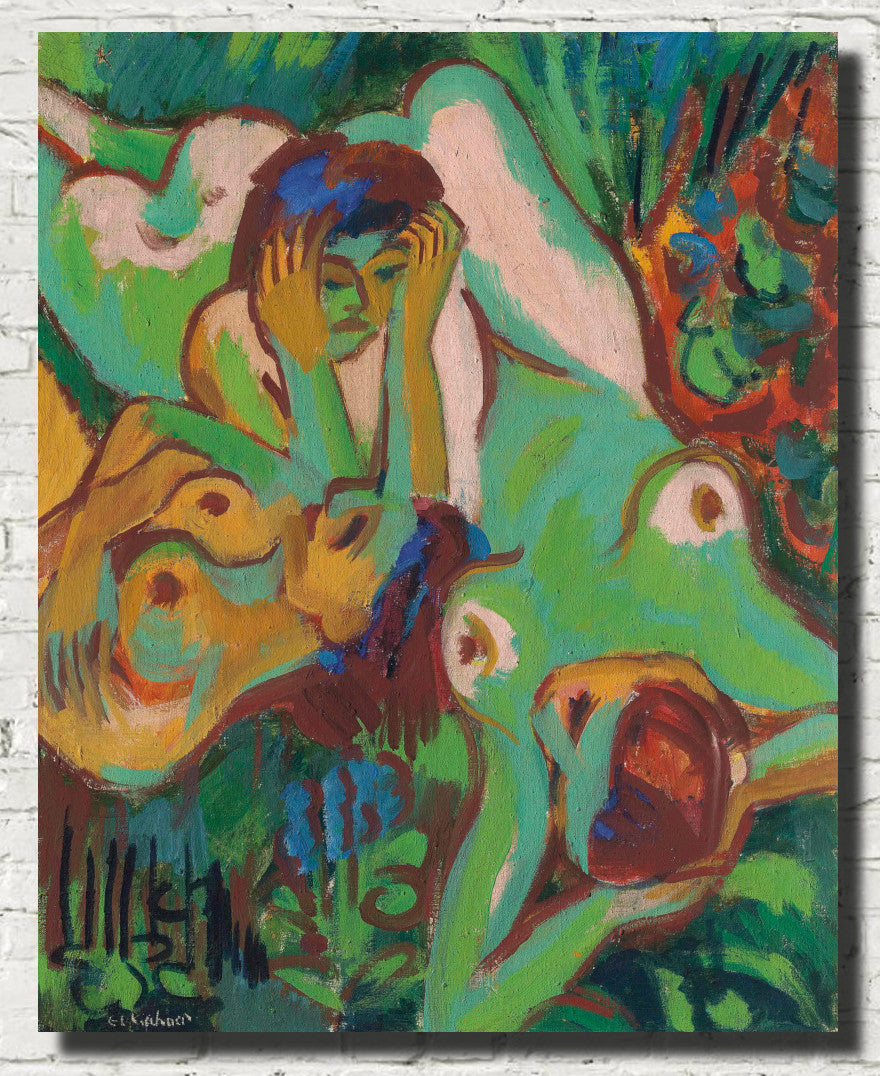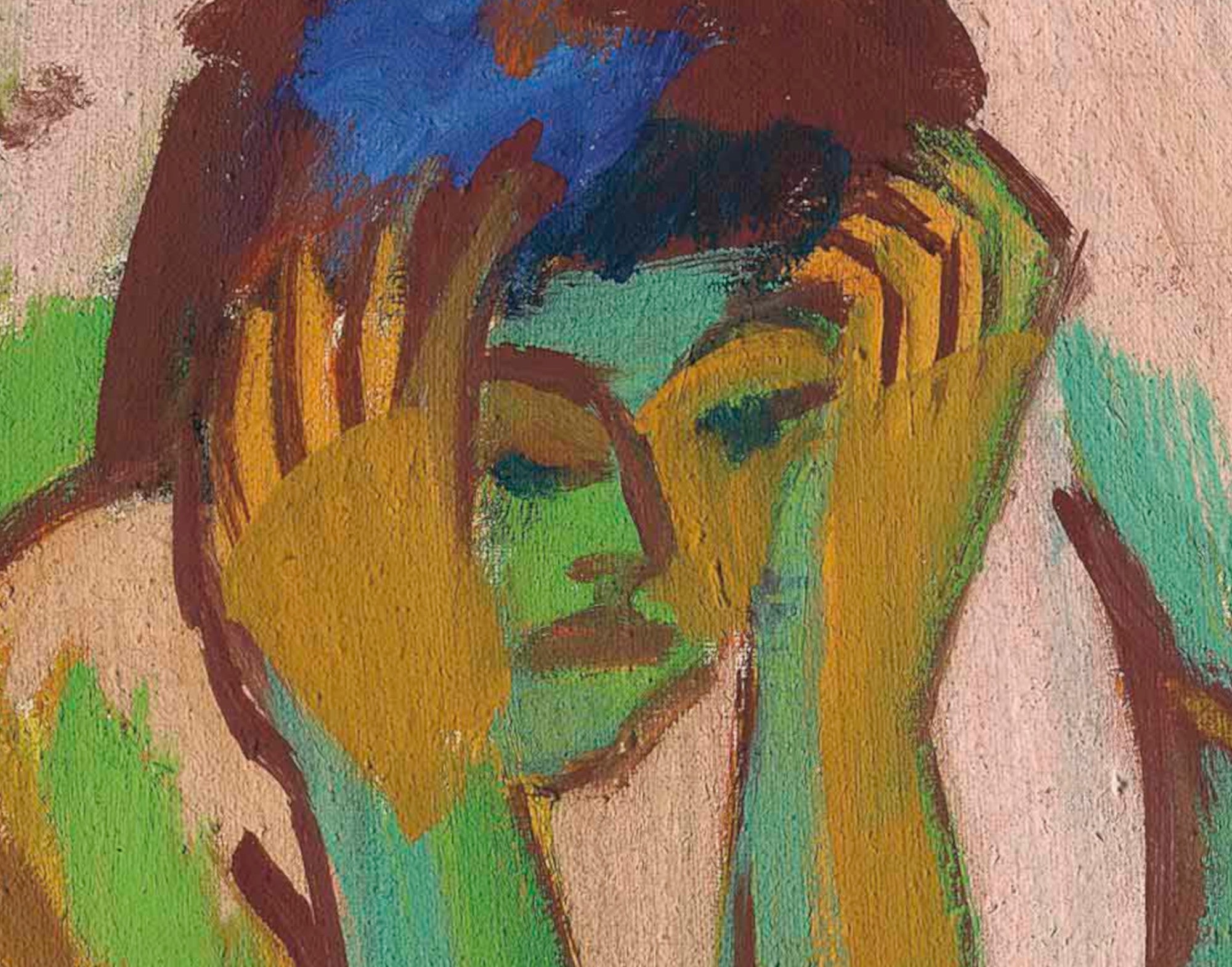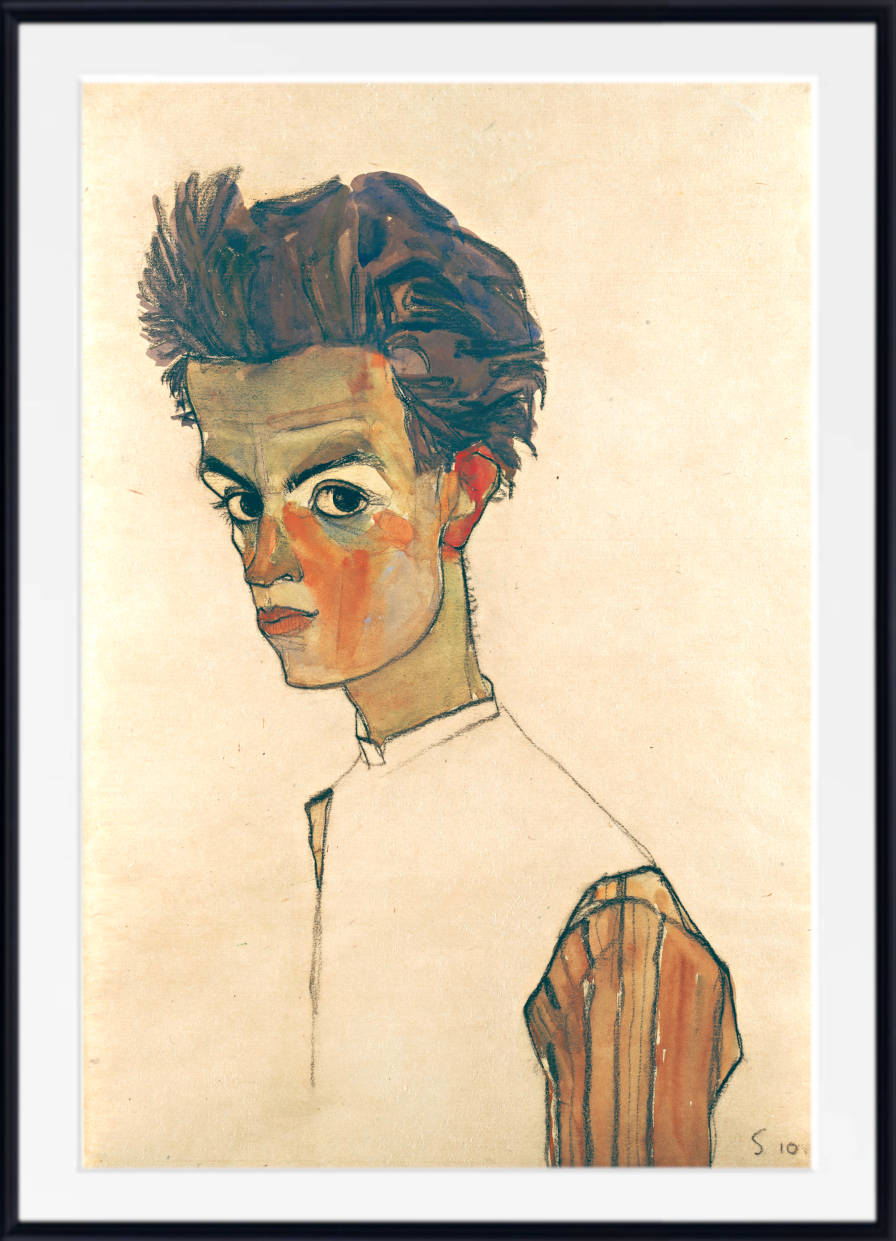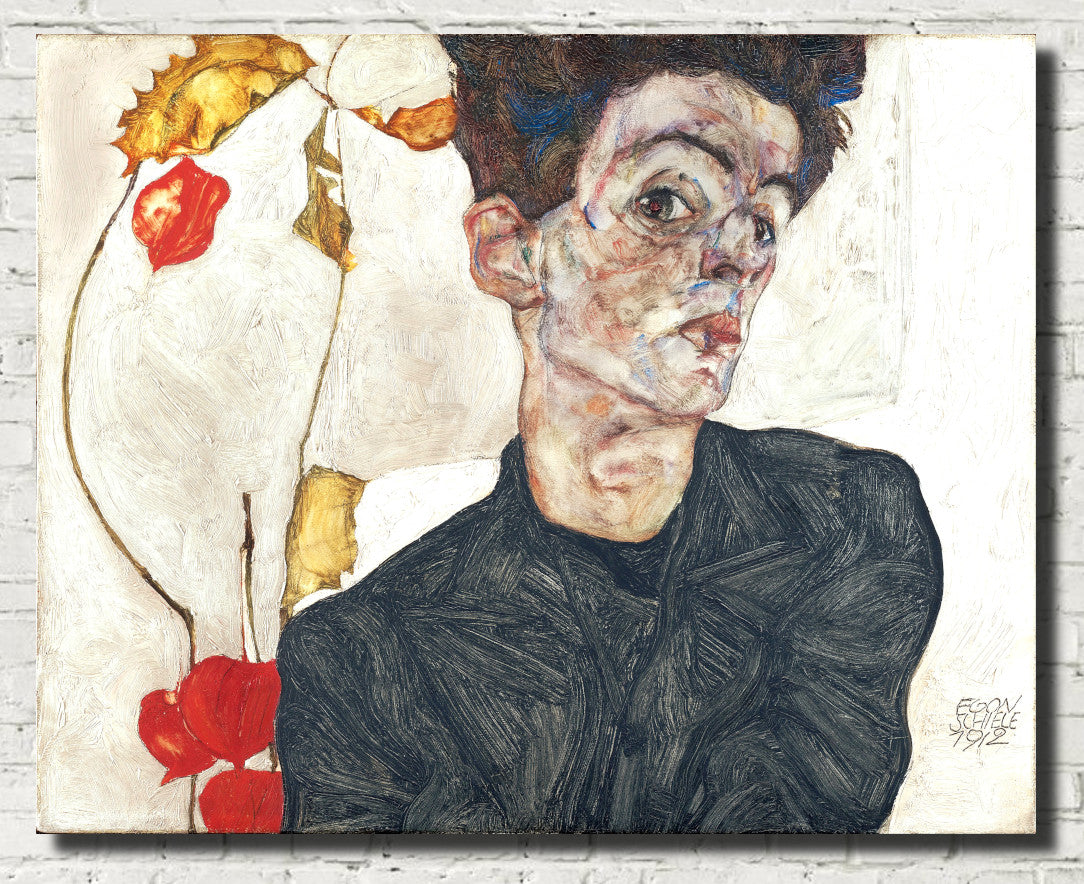Table of Contents:[hide]
Introduction to Der Blaue Reiter
Der Blaue Reiter, or The Blue Rider, was an influential German art movement that emerged in the early 20th century. This group was instrumental in shaping the direction of German Expressionism, emphasizing abstract forms and vibrant colors to convey deep emotional and spiritual experiences.
Origins of the Movement
The Birth of Der Blaue Reiter
Der Blaue Reiter was founded in 1911 in Munich by Wassily Kandinsky and Franz Marc. The name, meaning "The Blue Rider," symbolizes the movement's emphasis on spiritual and symbolic aspects in art. Kandinsky's love for blue and Marc's fascination with horses inspired the group's name and thematic focus.
Key Figures and Their Contributions
- Wassily Kandinsky: Known for his pioneering work in abstract art, Kandinsky believed that colors and shapes could express profound spiritual experiences.
- Franz Marc: Marc's work often featured animals, symbolizing purity and innocence, and his use of color was deeply symbolic.
- August Macke: His bright, colorful compositions added a unique vibrancy to the movement.
- Gabriele Münter: Münter's work reflected the influence of folk art and a deep exploration of the inner self.
Artistic Philosophy
Spirituality and Abstraction
Der Blaue Reiter artists sought to transcend the physical world through their art. They believed that by using abstract forms and bold colors, they could express spiritual truths and emotional depths. This philosophy was a departure from traditional representation, emphasizing inner vision over external reality.
Influence of Music
Music played a significant role in the group's artistic philosophy. Kandinsky, in particular, was influenced by the idea that visual art could achieve the same emotional and spiritual effects as music. This synesthetic approach led to a harmonious blend of colors and forms that evoke musical rhythms and moods.
Major Works and Exhibitions
Landmark Exhibitions
Der Blaue Reiter's first exhibition in 1911 showcased the works of its founding members alongside other avant-garde artists. This exhibition was a critical success, highlighting the group's innovative approach and establishing their place in the art world.
Iconic Artworks
- Kandinsky's "Composition VII": A masterpiece of abstract art, this work exemplifies Kandinsky's use of color and form to evoke emotional responses.
- Marc's "The Large Blue Horses": This painting is renowned for its vibrant colors and symbolic representation of animals.
- Macke's "Lady in a Green Jacket": Reflecting the movement's emphasis on color and abstraction, this piece showcases Macke's unique style.
Impact and Legacy
Influence on Modern Art
Der Blaue Reiter's emphasis on abstraction and spirituality had a lasting impact on modern art. The movement paved the way for later developments in abstract art and inspired countless artists to explore new forms of expression.
Posthumous Recognition
Although the group was short-lived, disbanding with the outbreak of World War I, its legacy endures. Retrospective exhibitions and academic studies have cemented Der Blaue Reiter's place in art history, recognizing its significant contributions to the evolution of modern art.
Conclusion
Der Blaue Reiter was more than just an art movement; it was a revolutionary approach to understanding and expressing the human experience. By embracing abstraction, symbolism, and spirituality, its artists created works that continue to inspire and challenge viewers today. The legacy of Der Blaue Reiter remains a testament to the power of art to transcend boundaries and explore the depths of the human soul.









